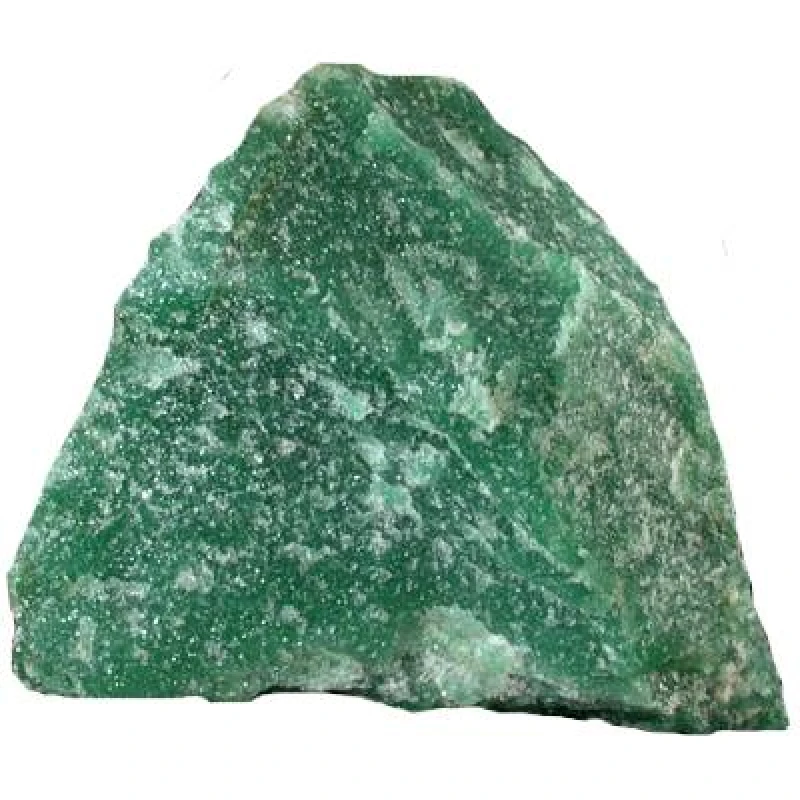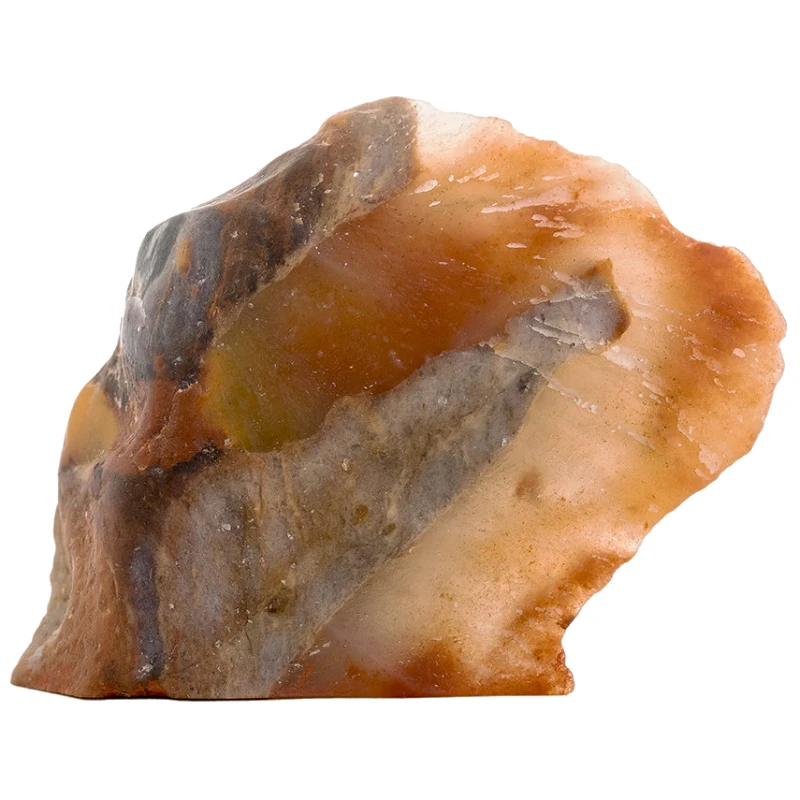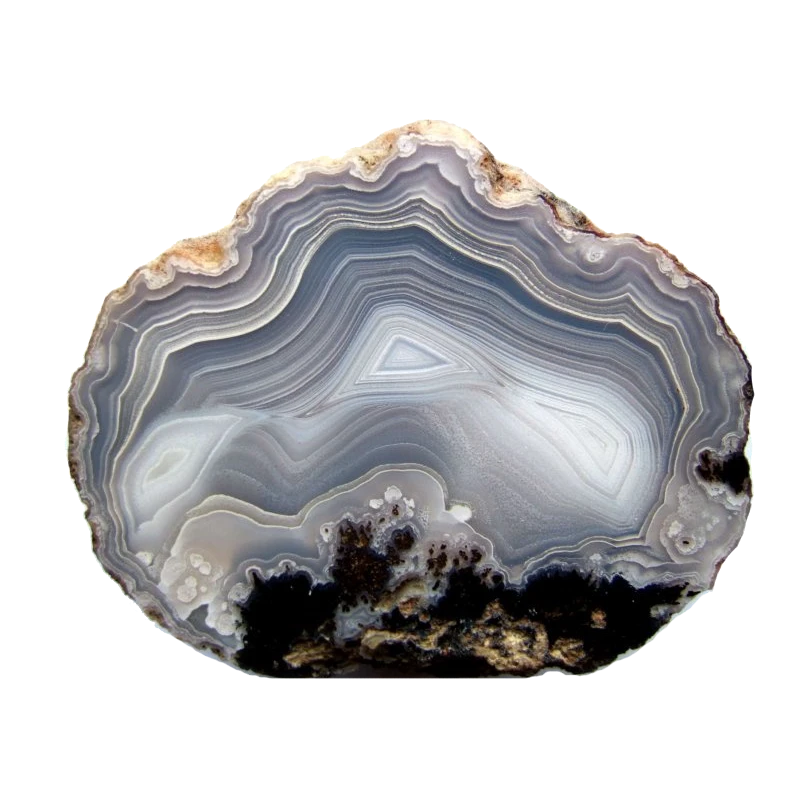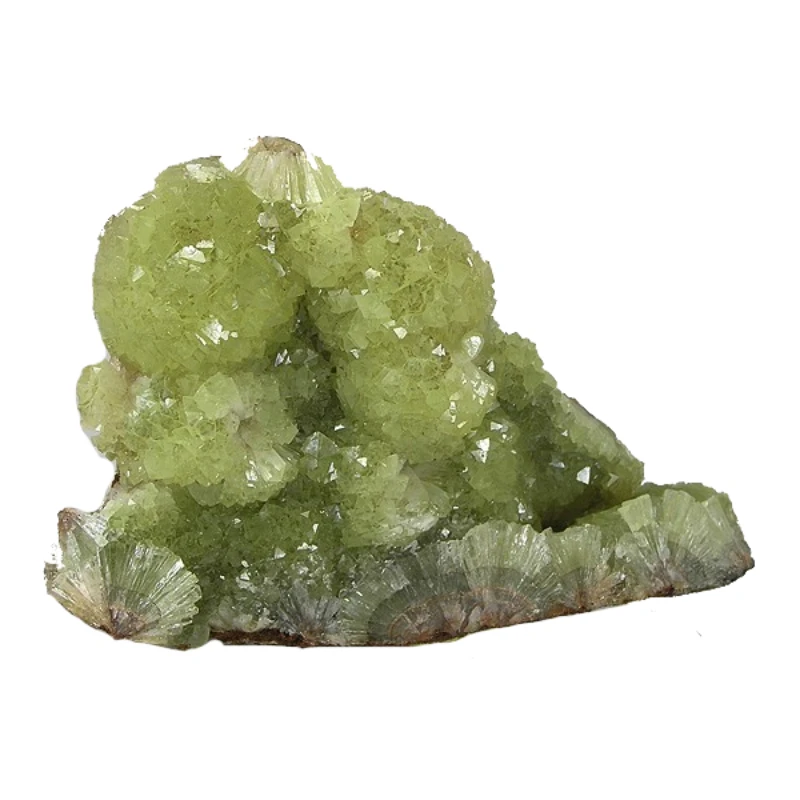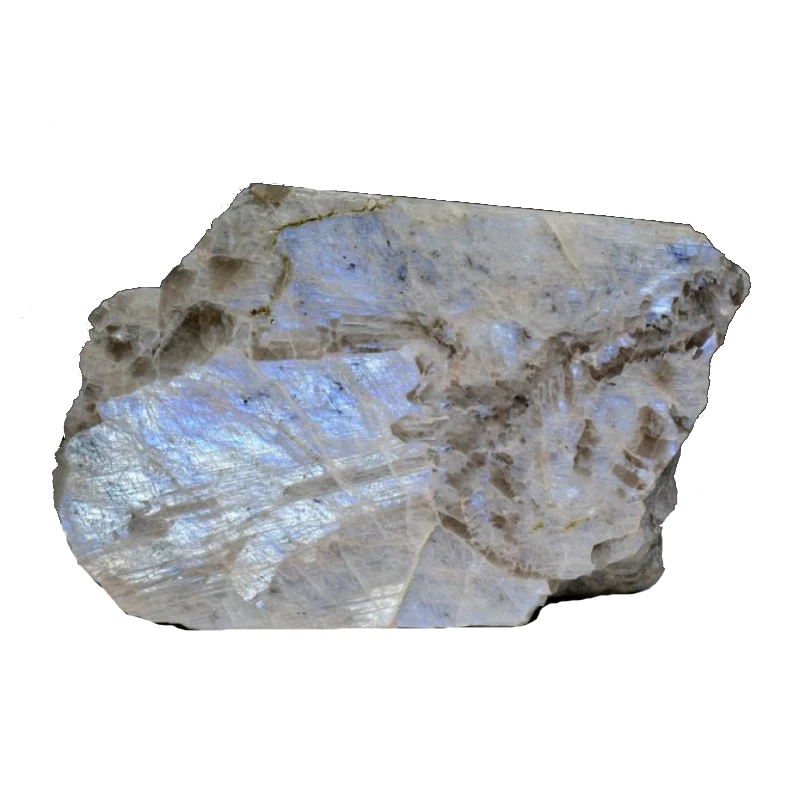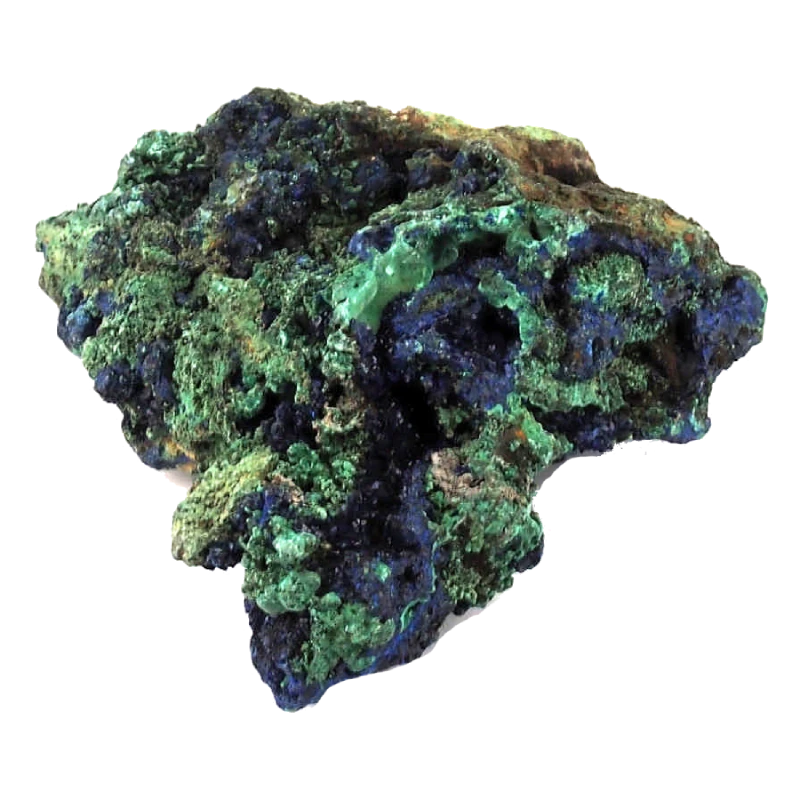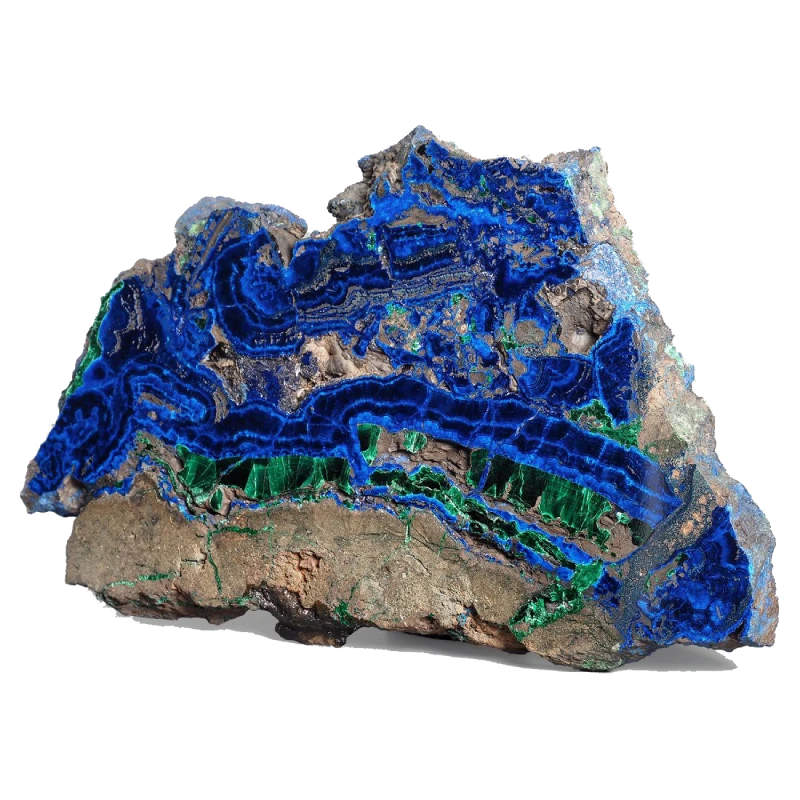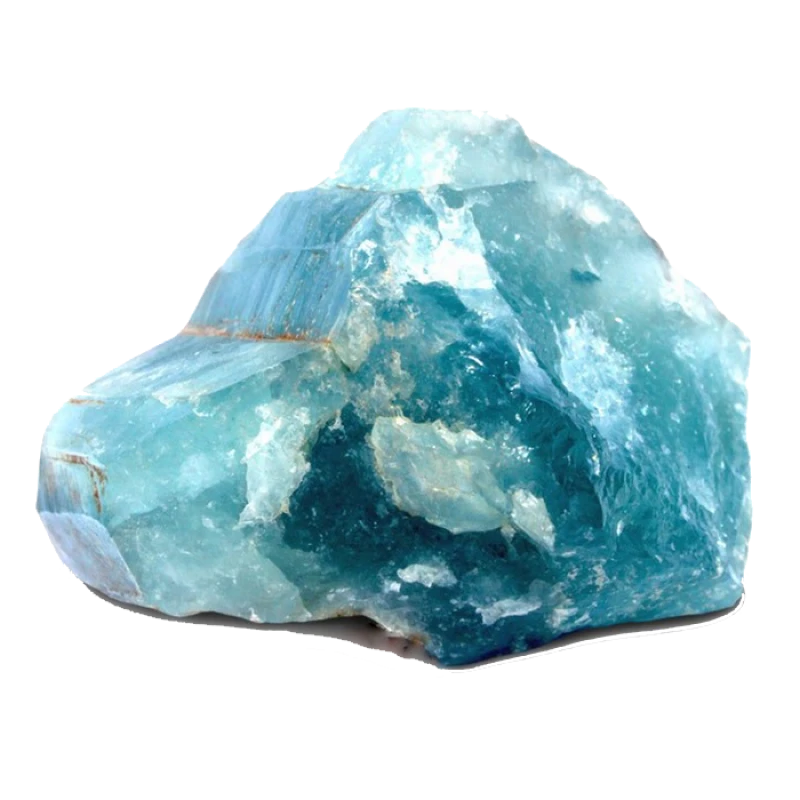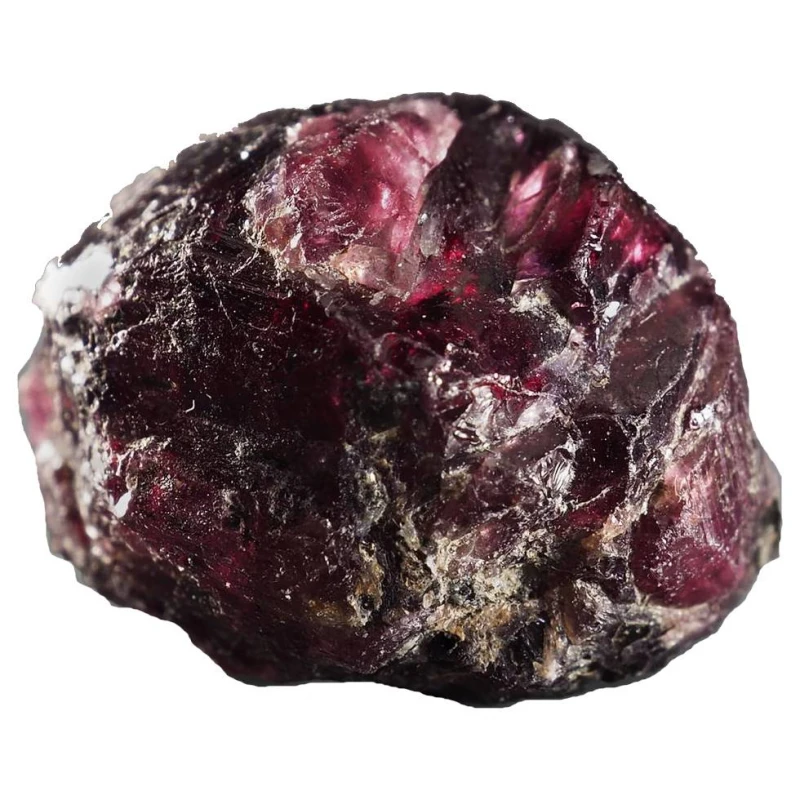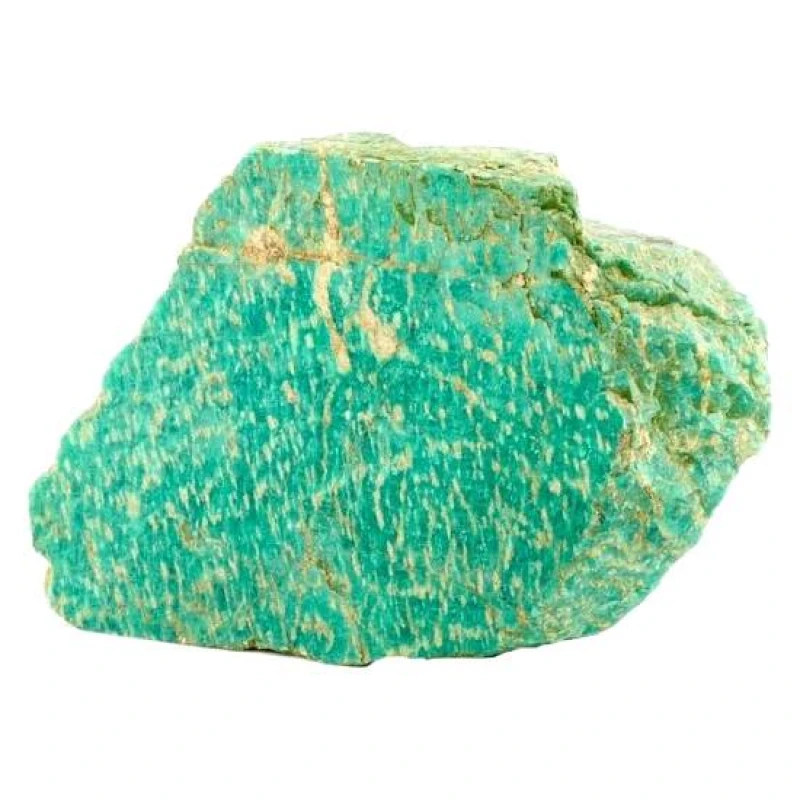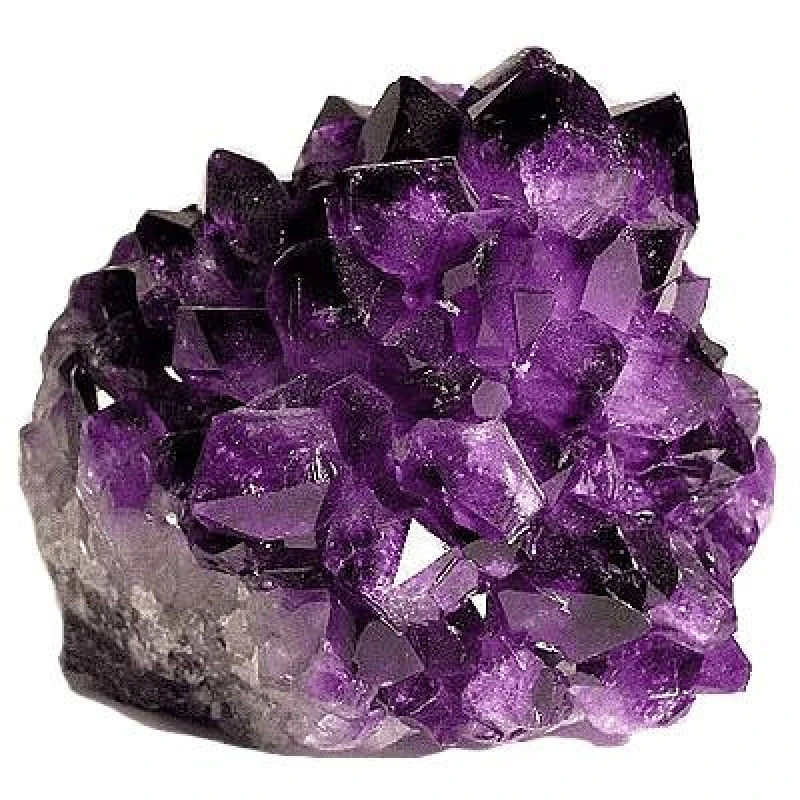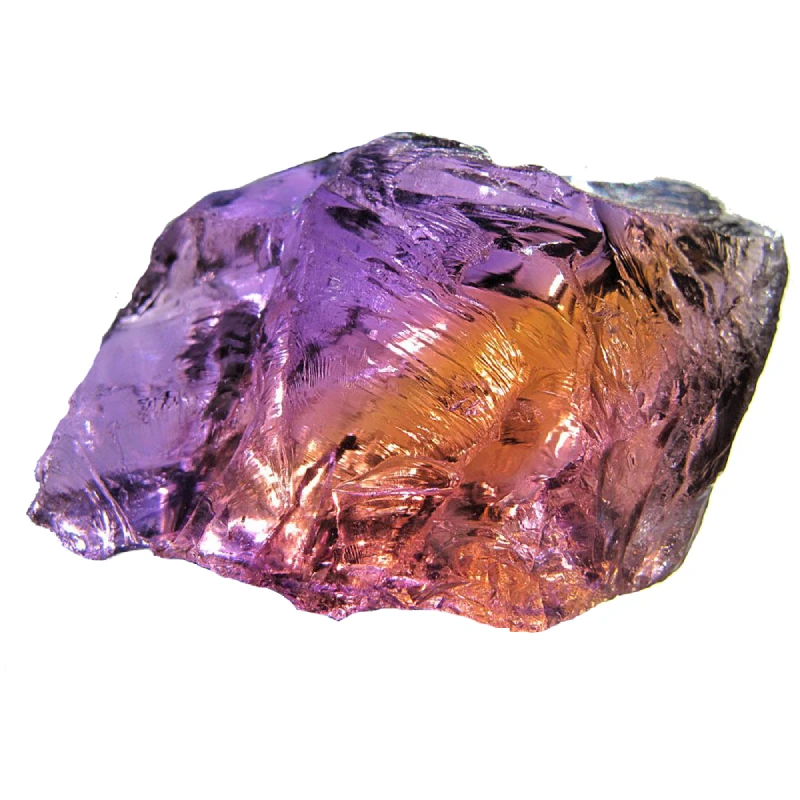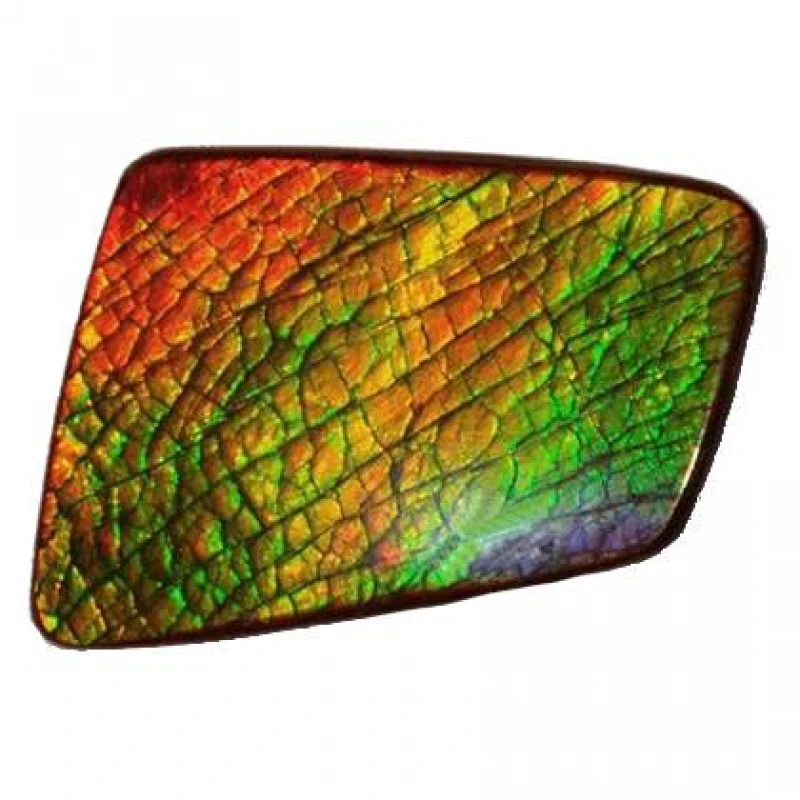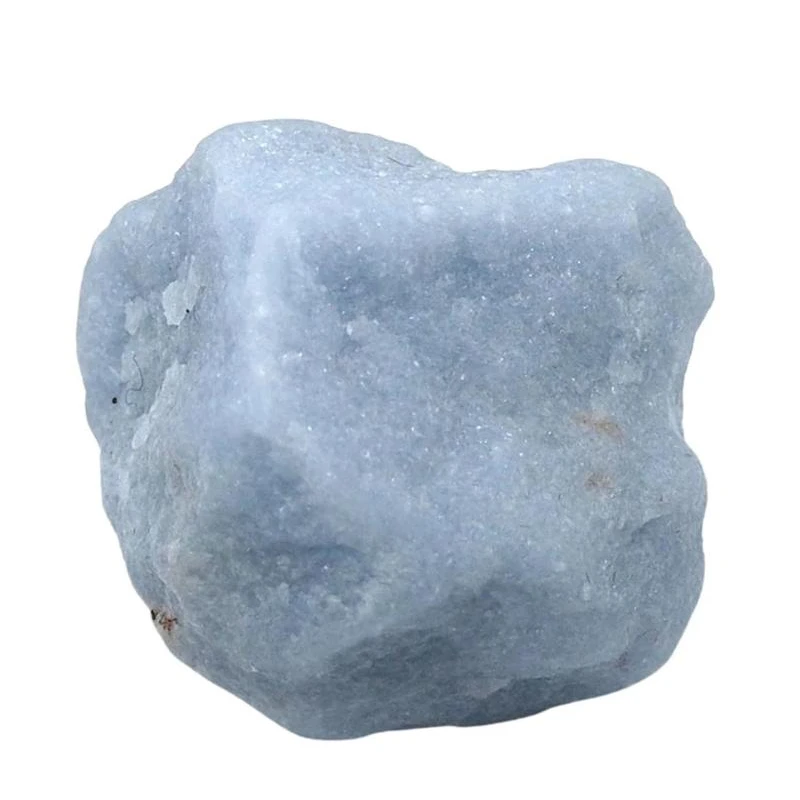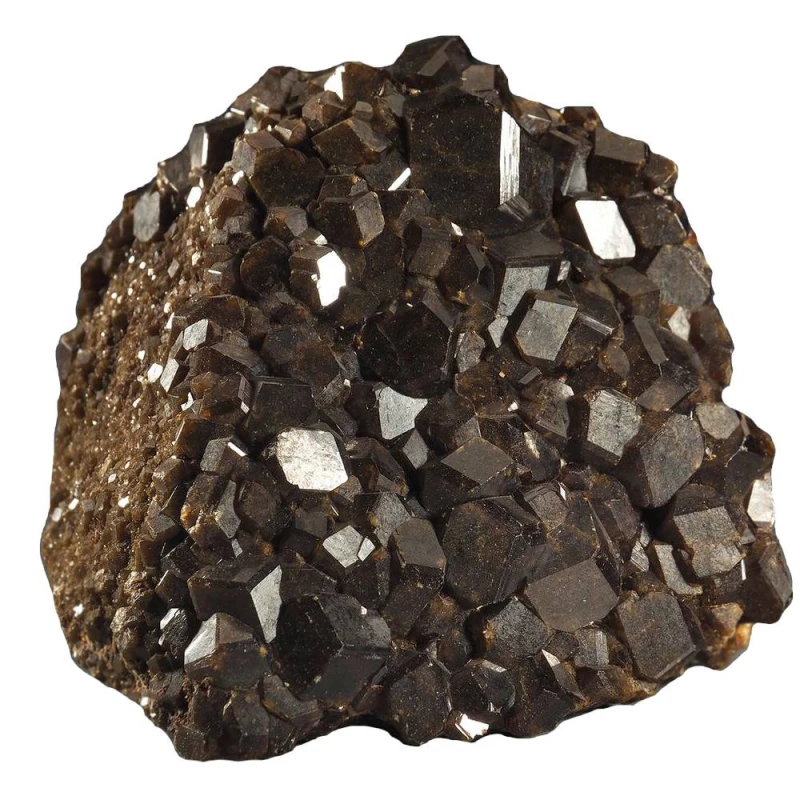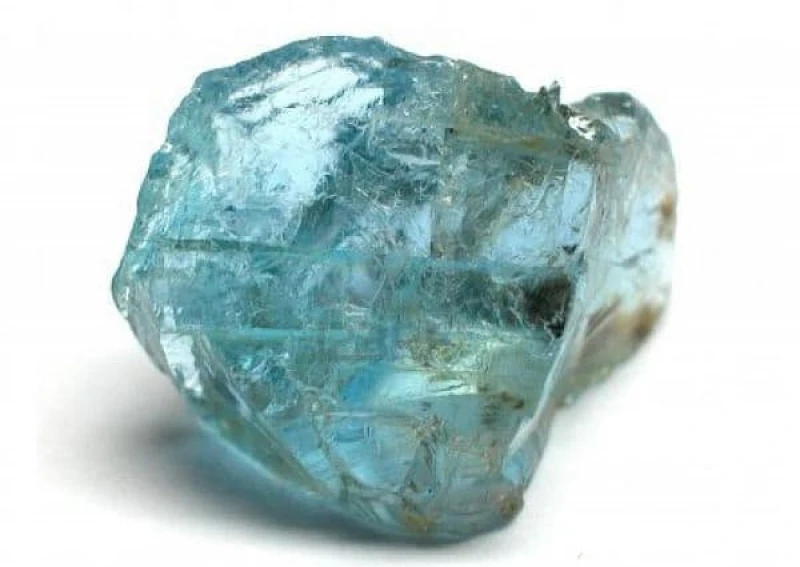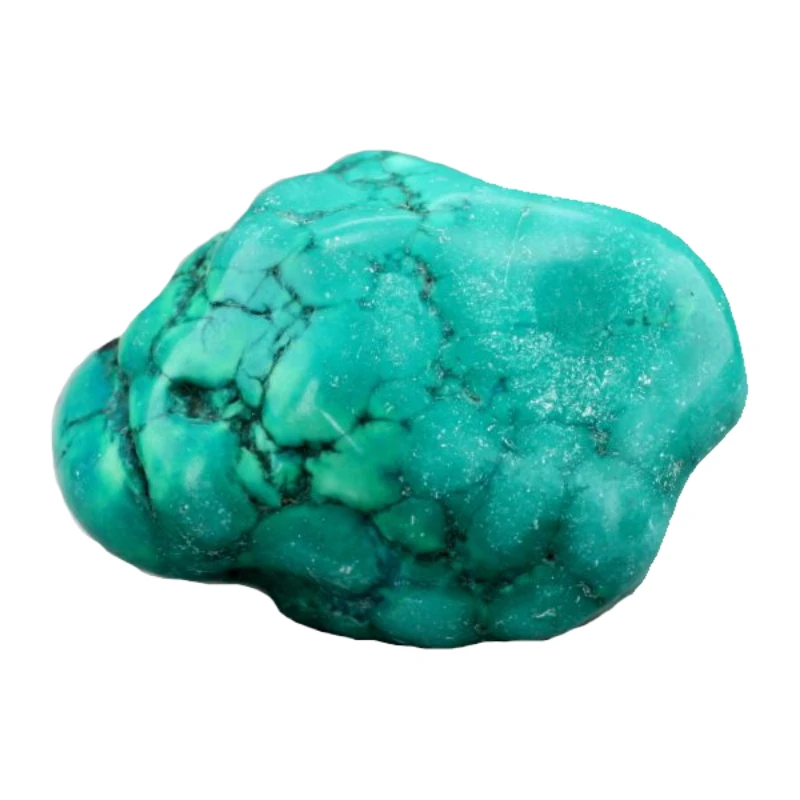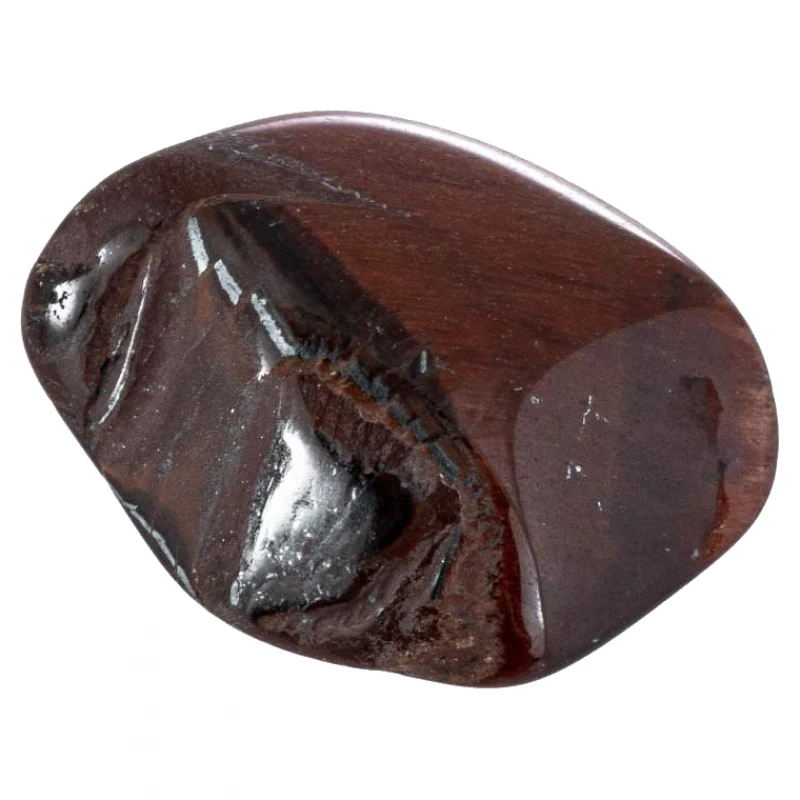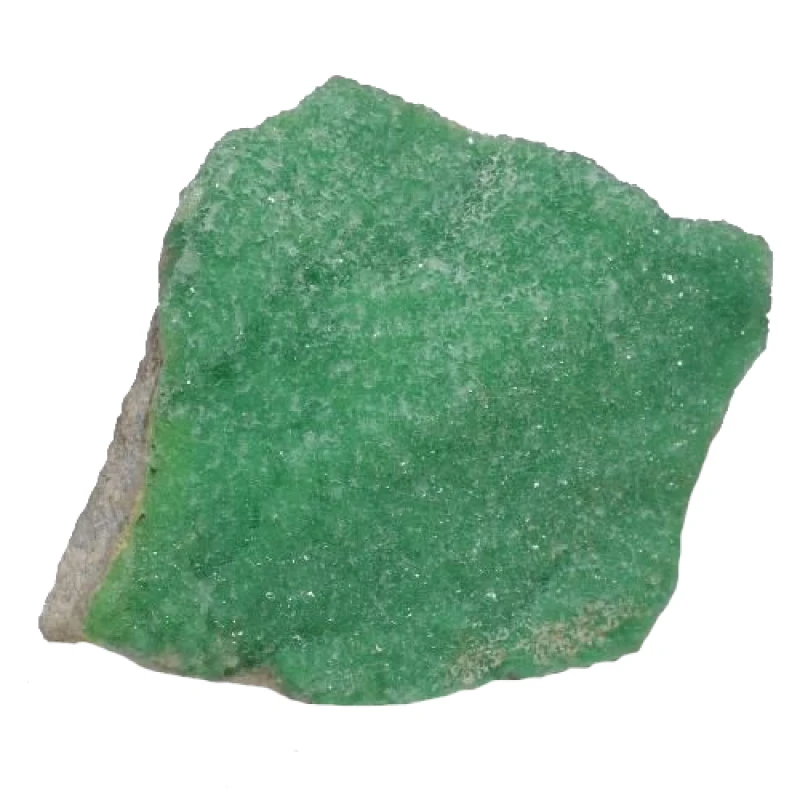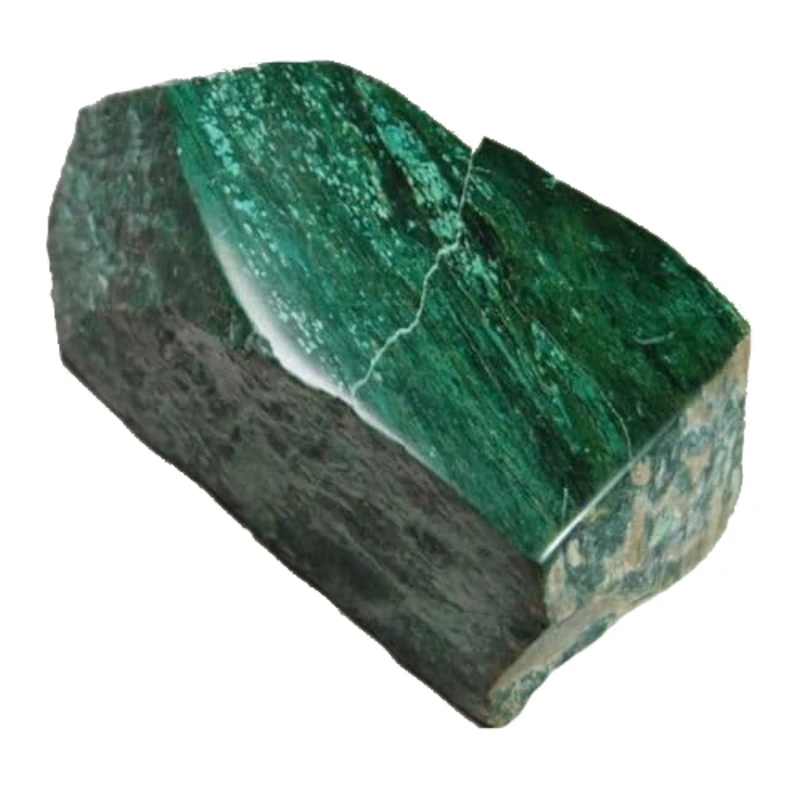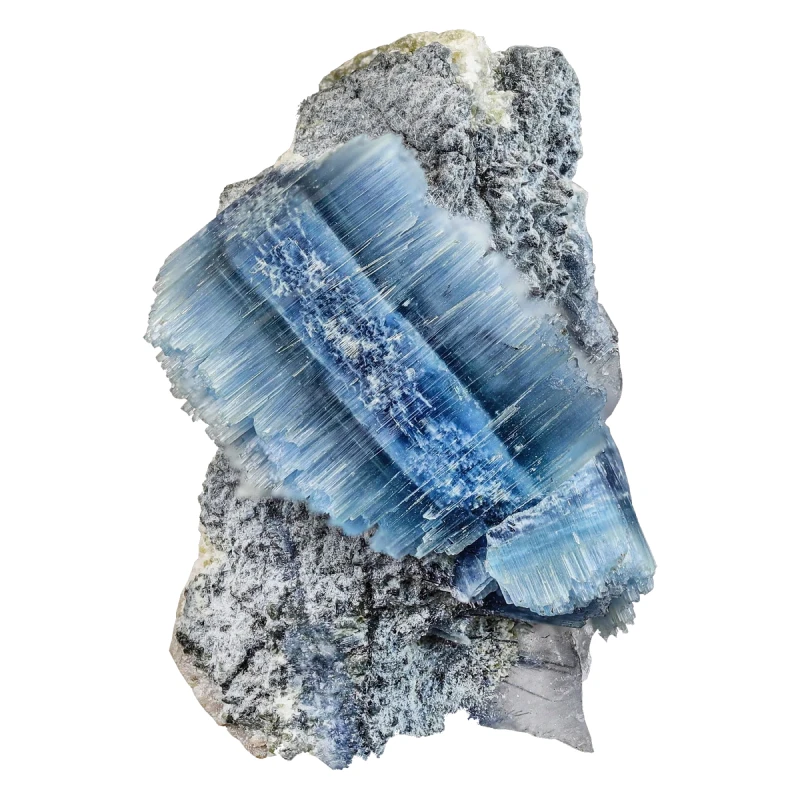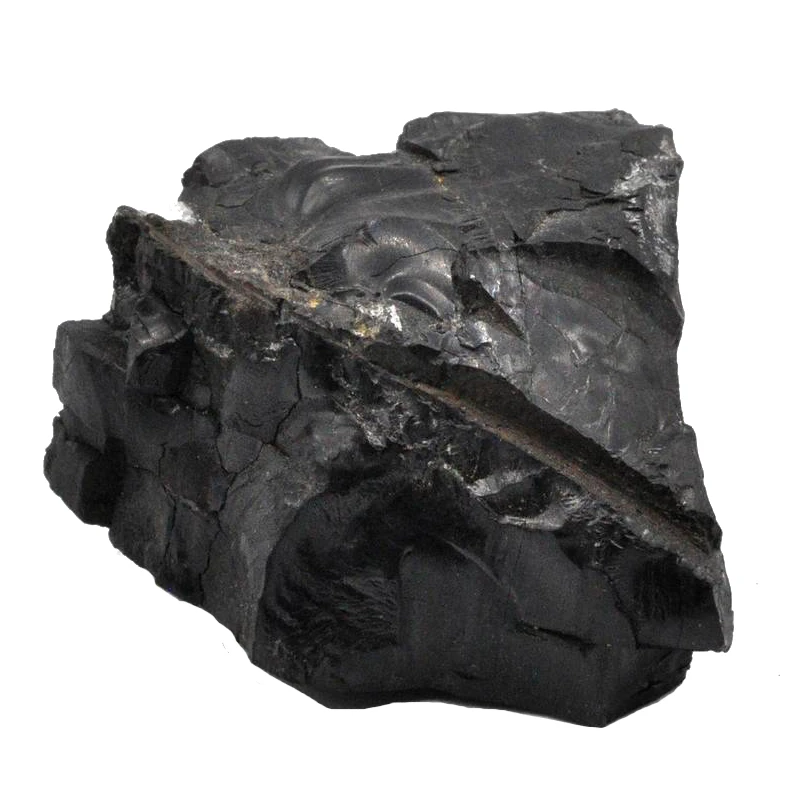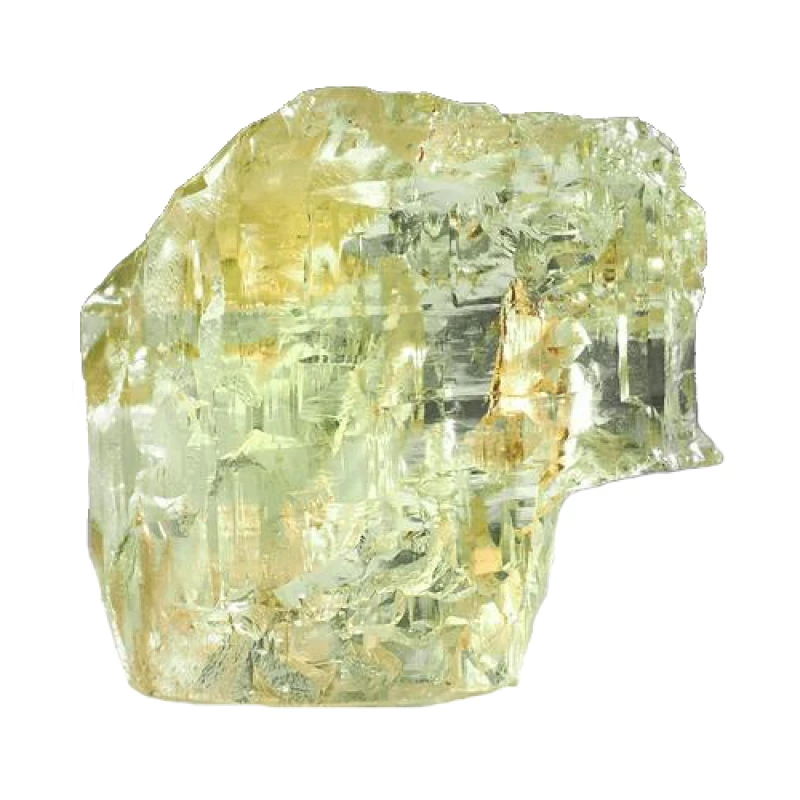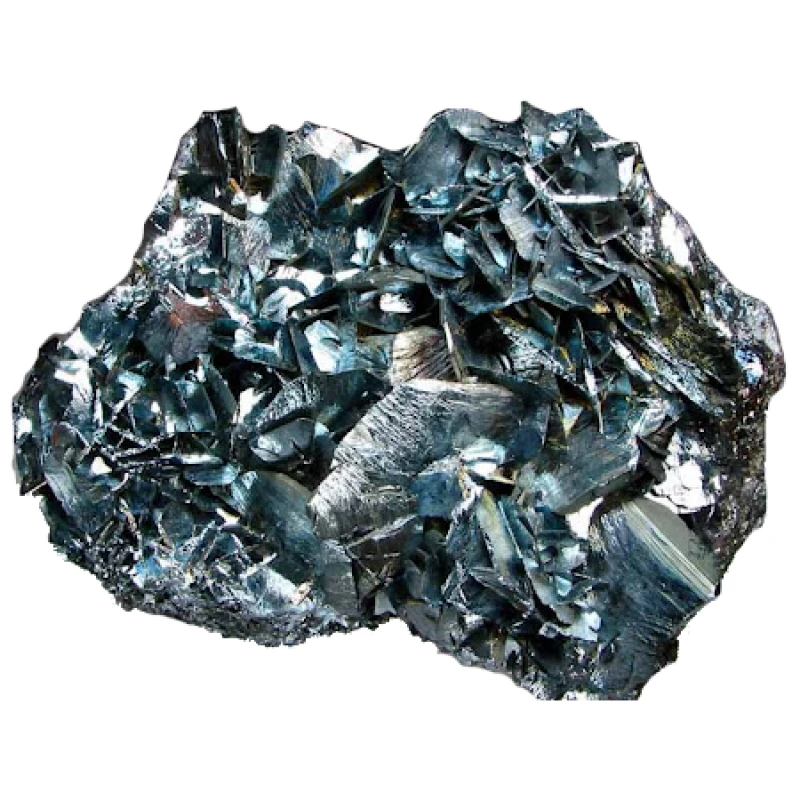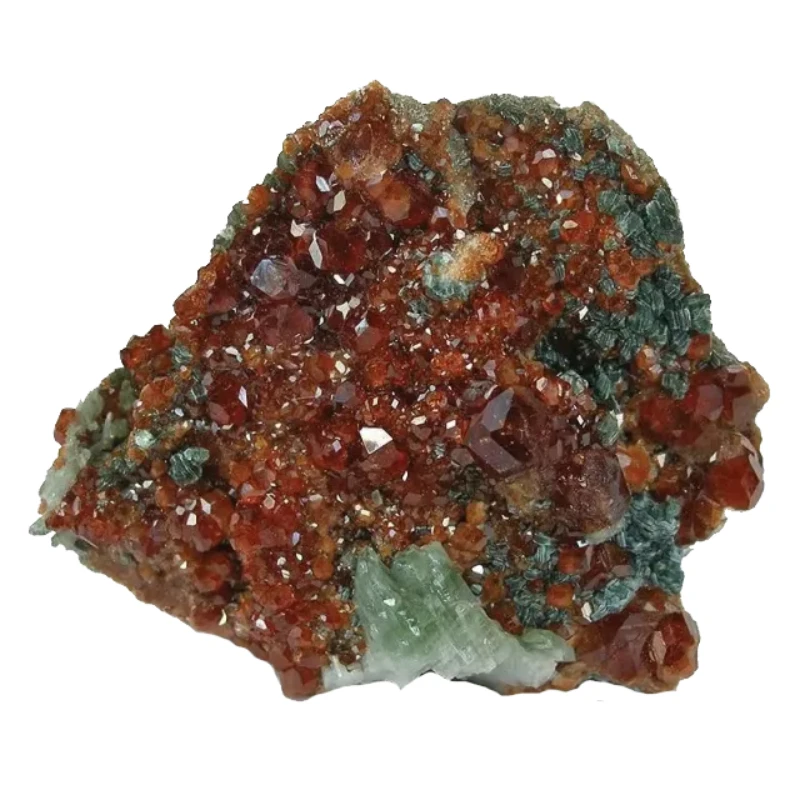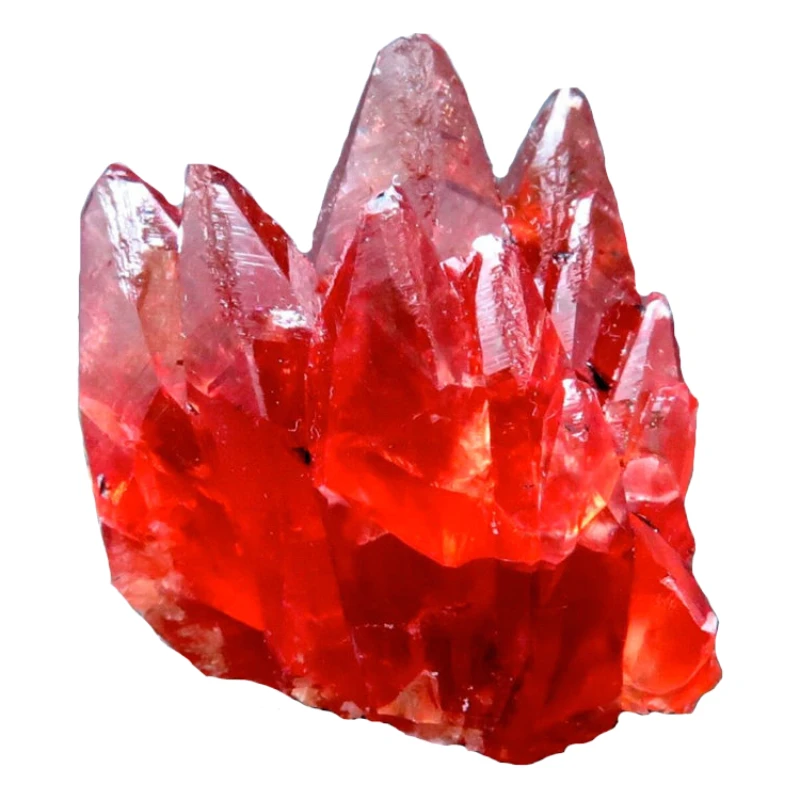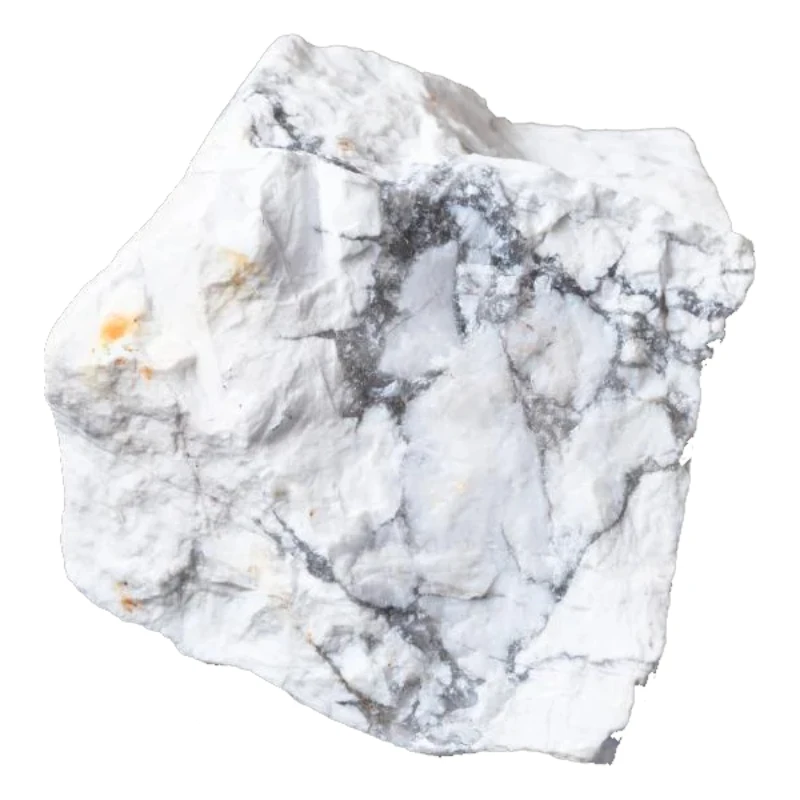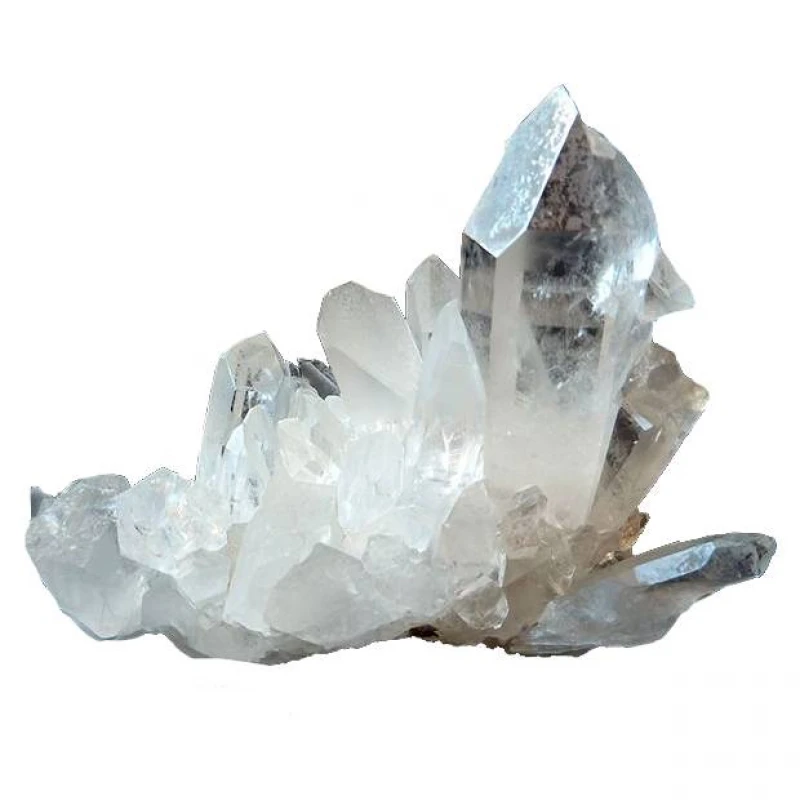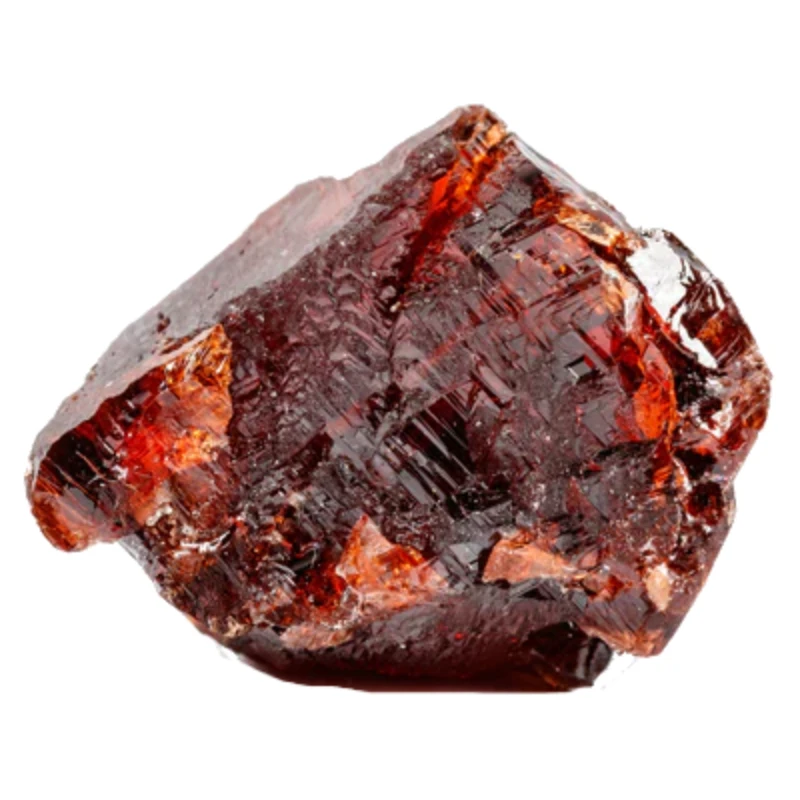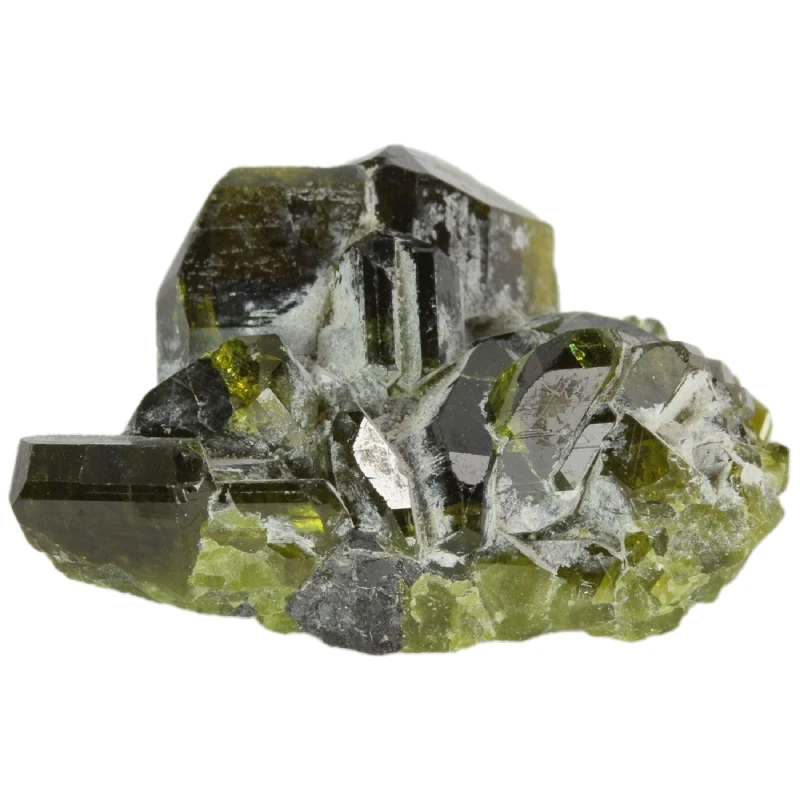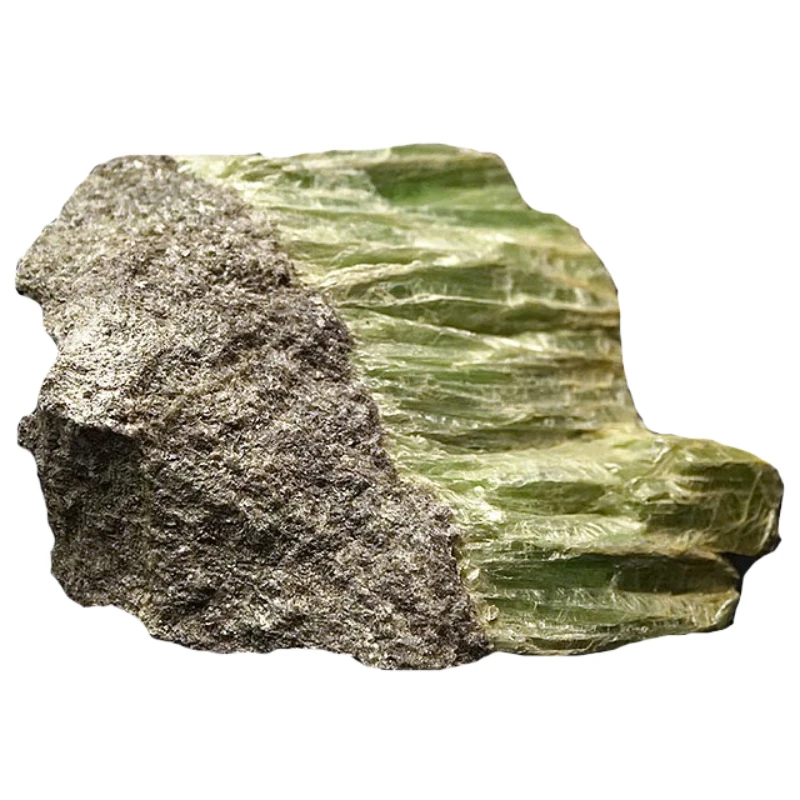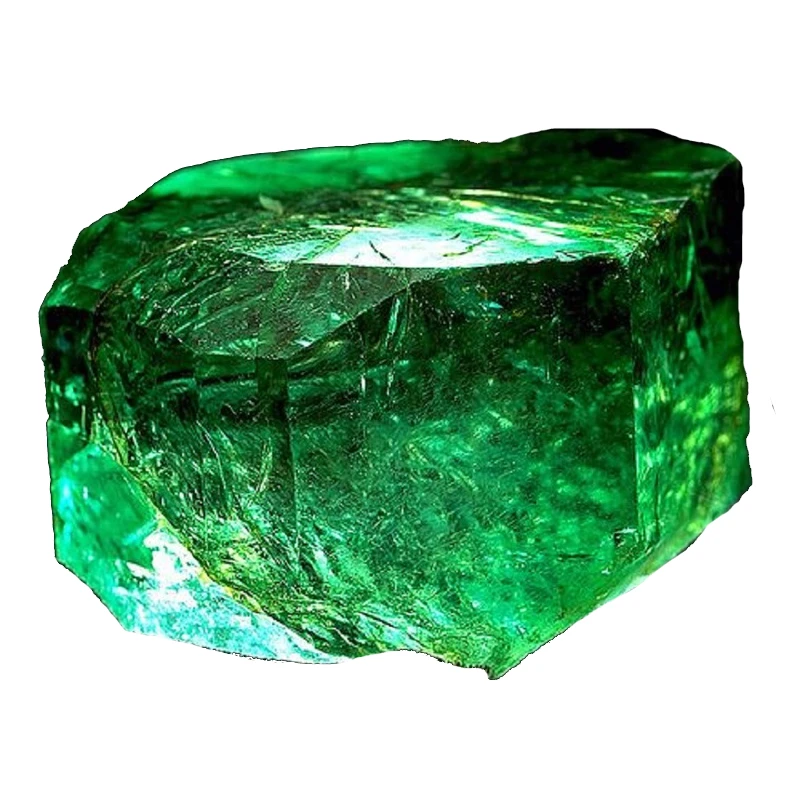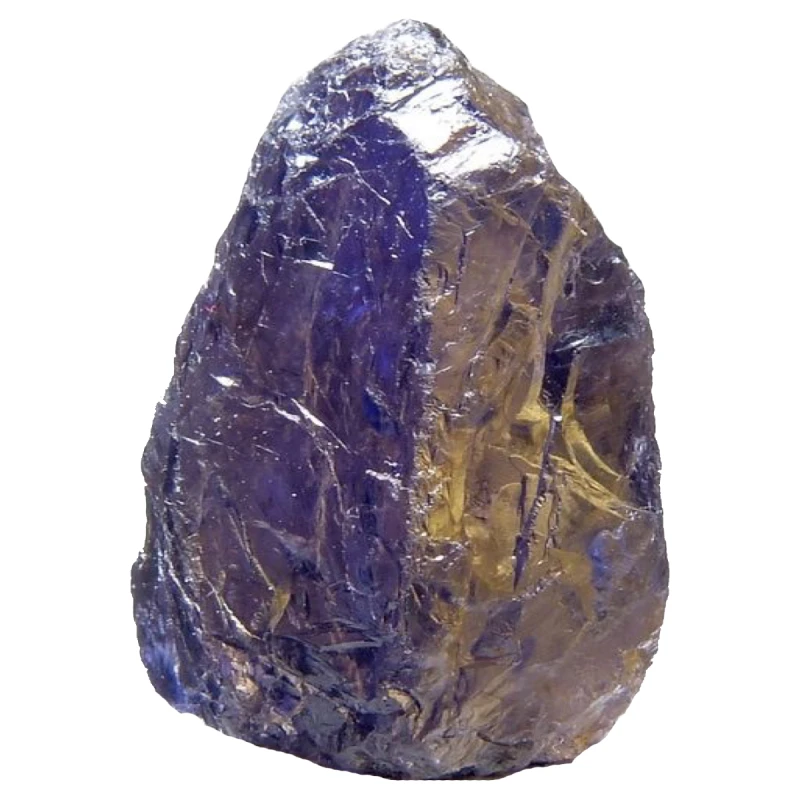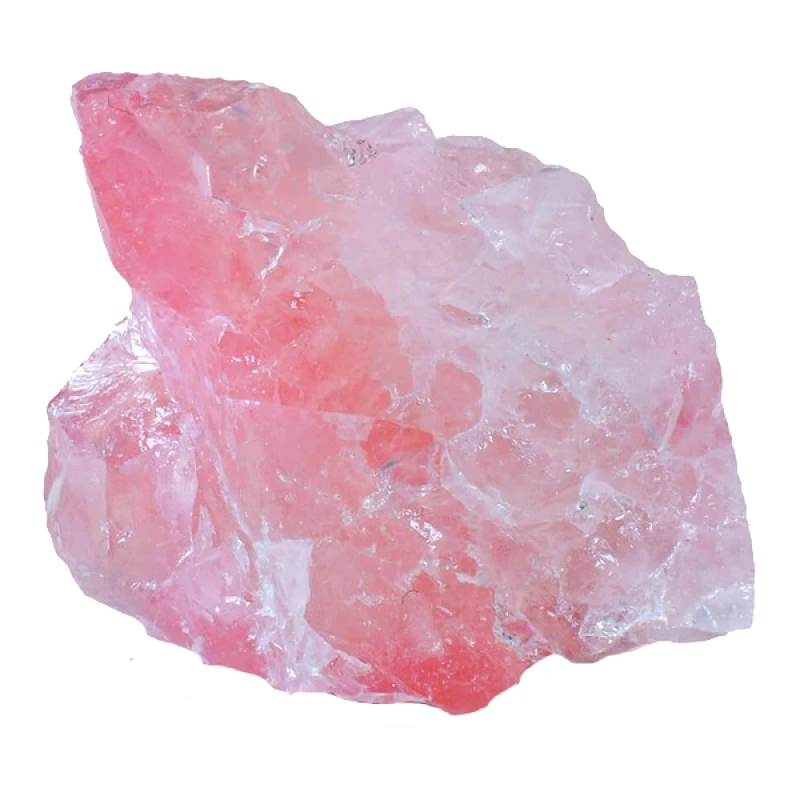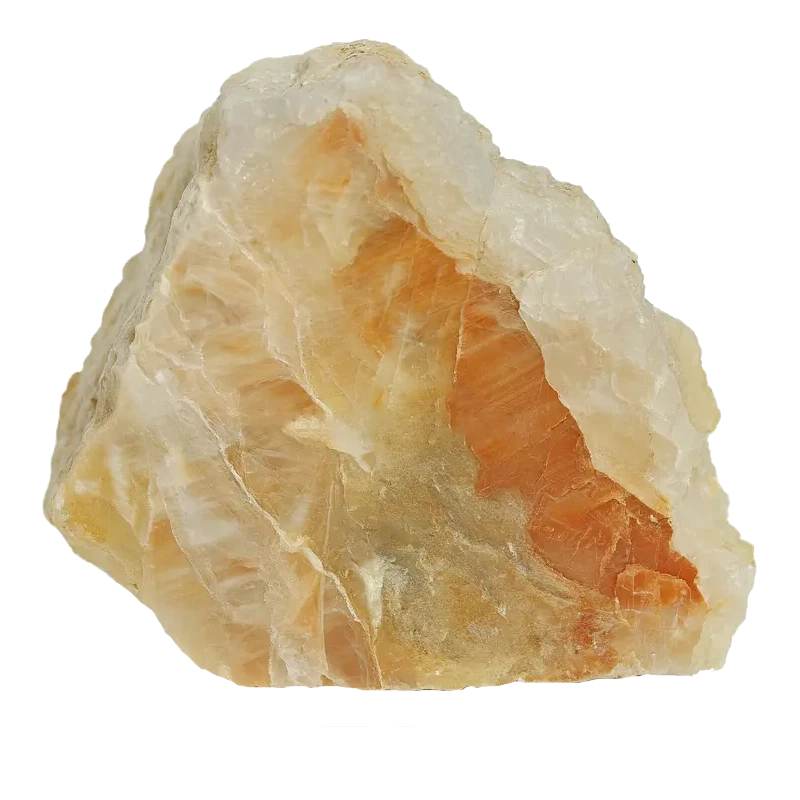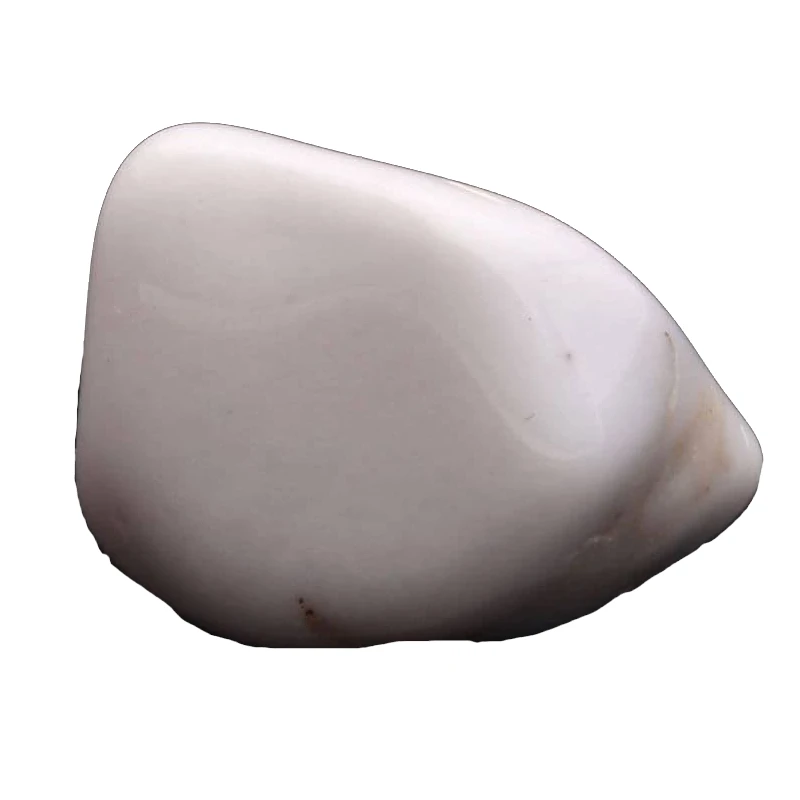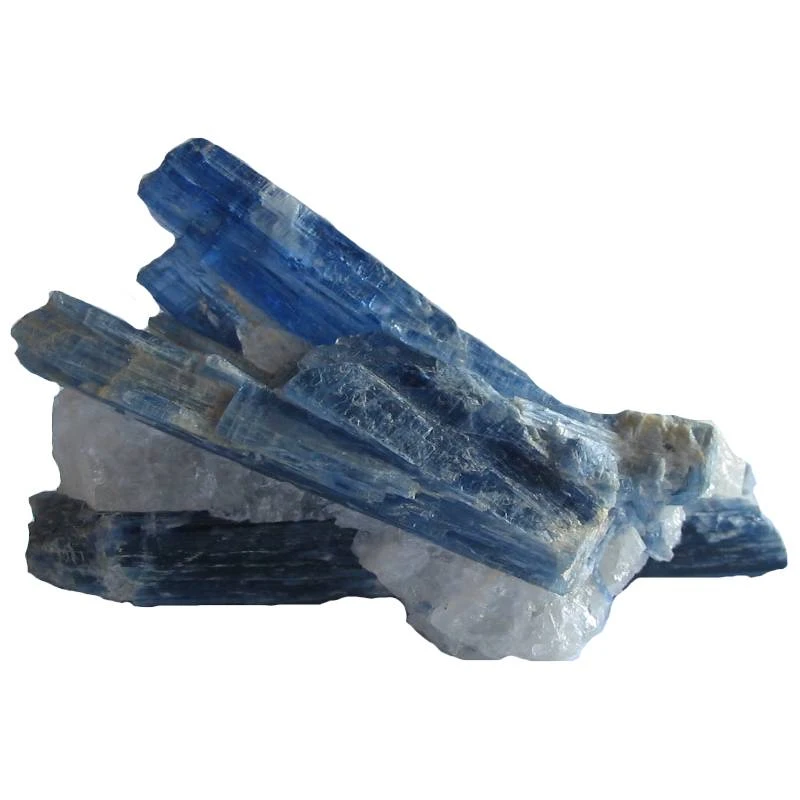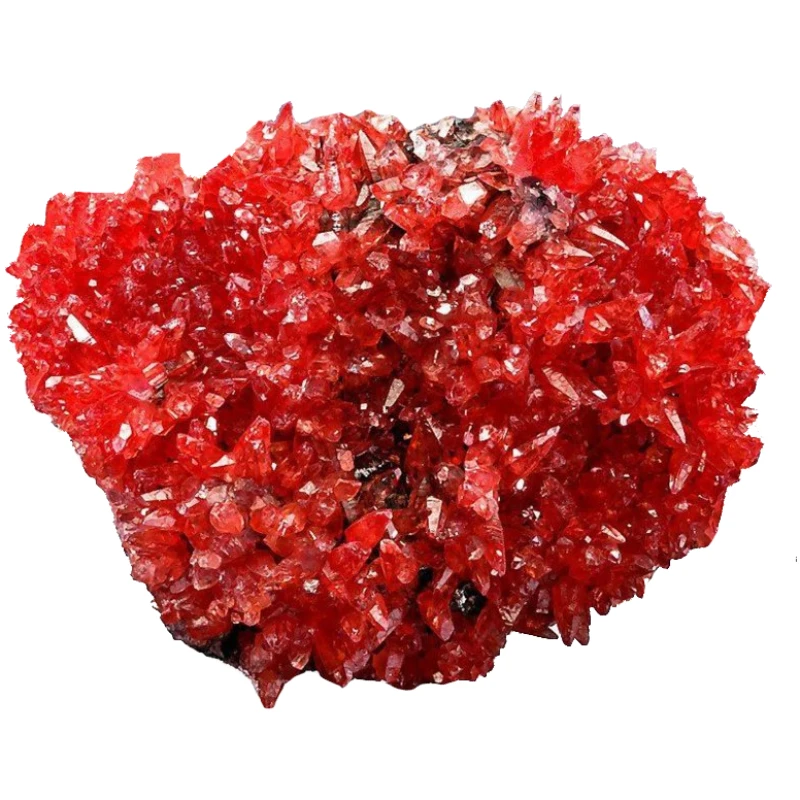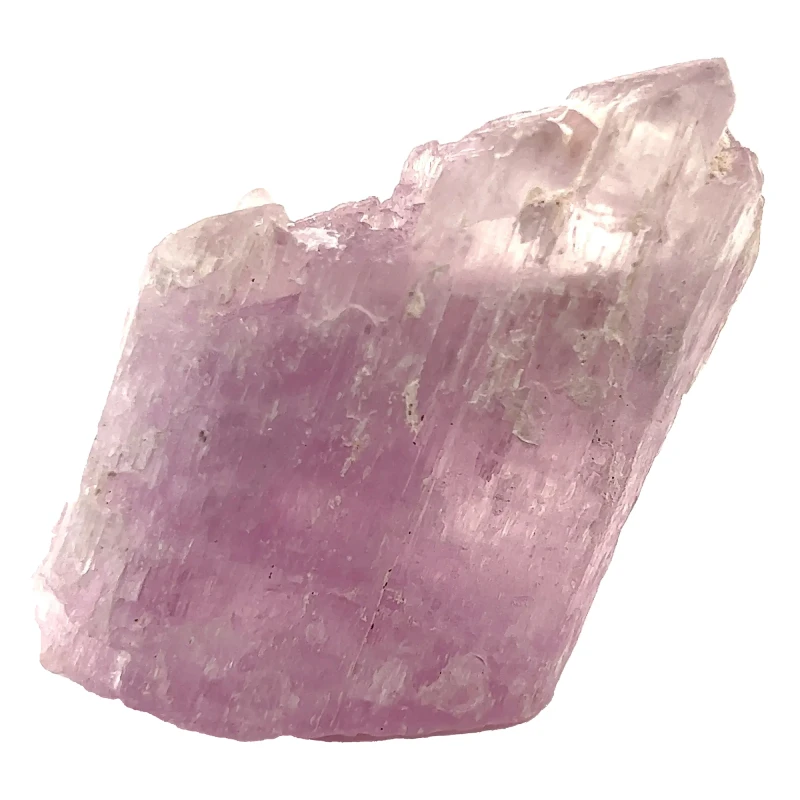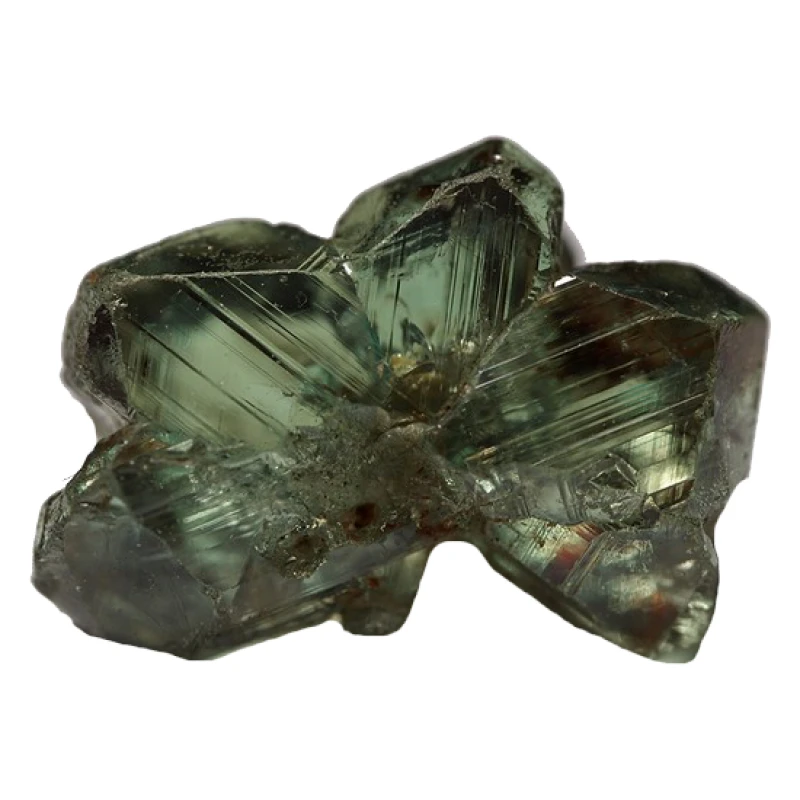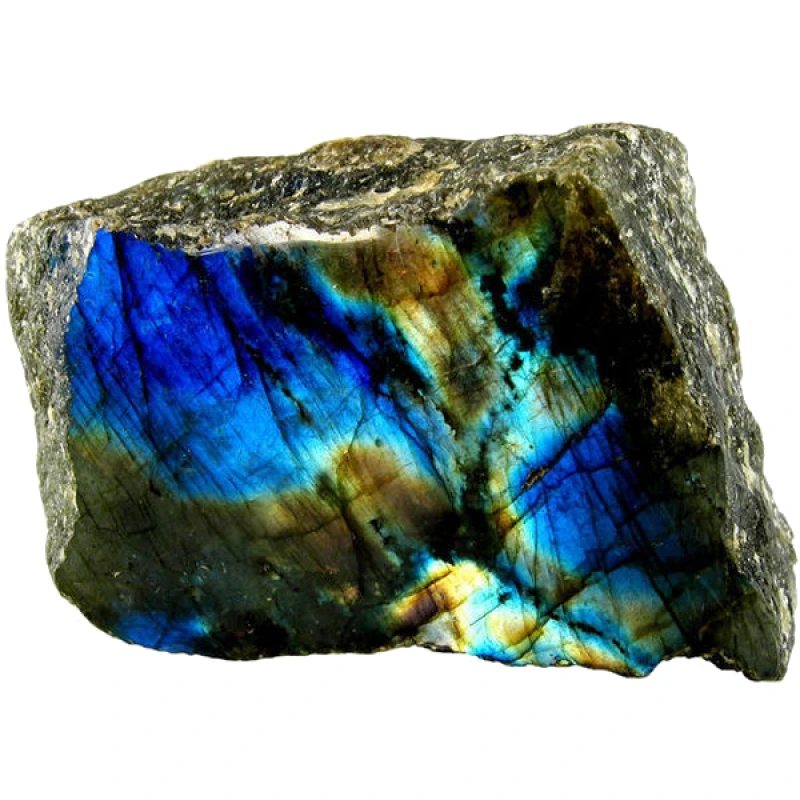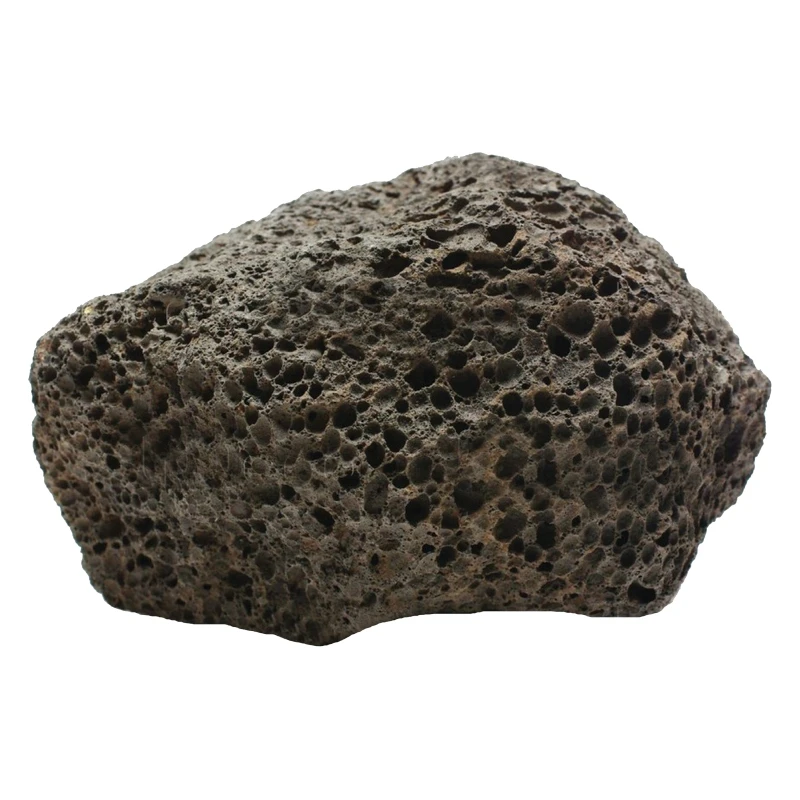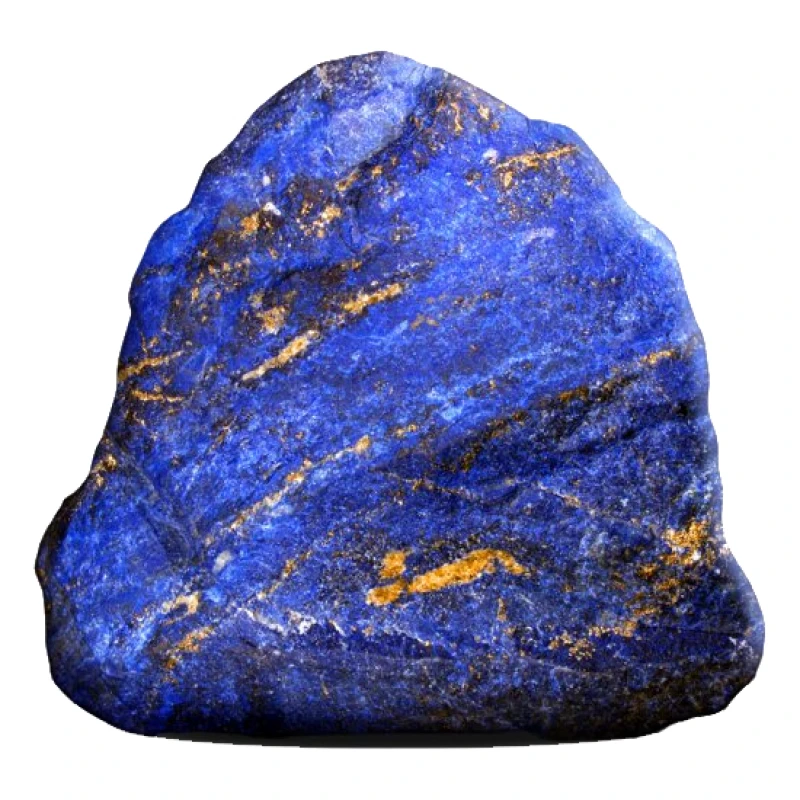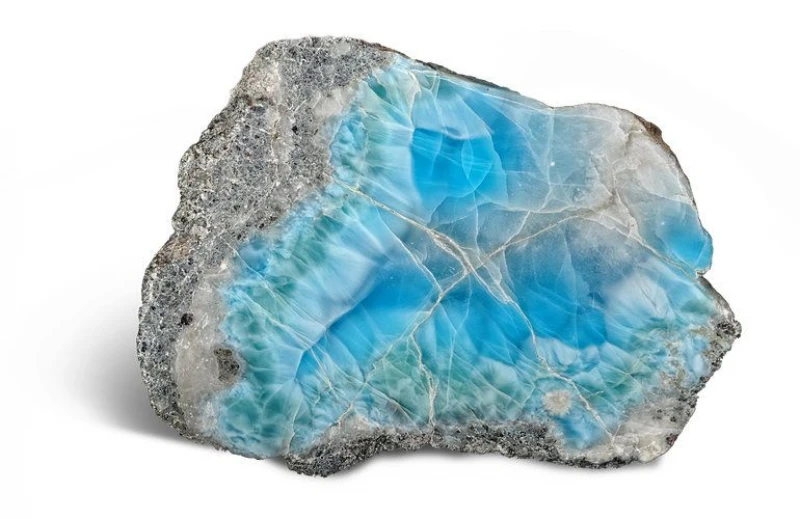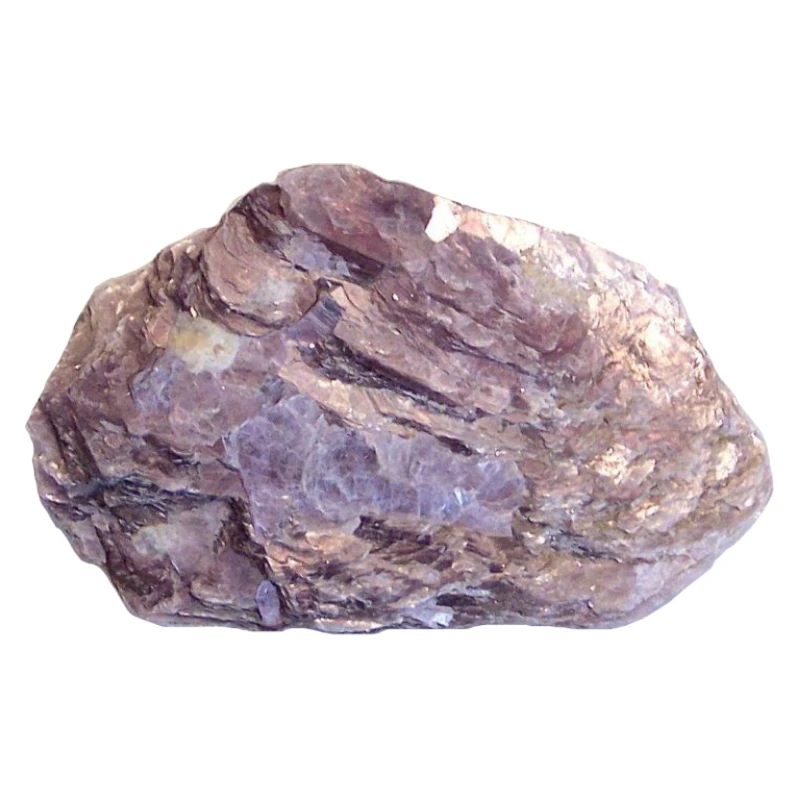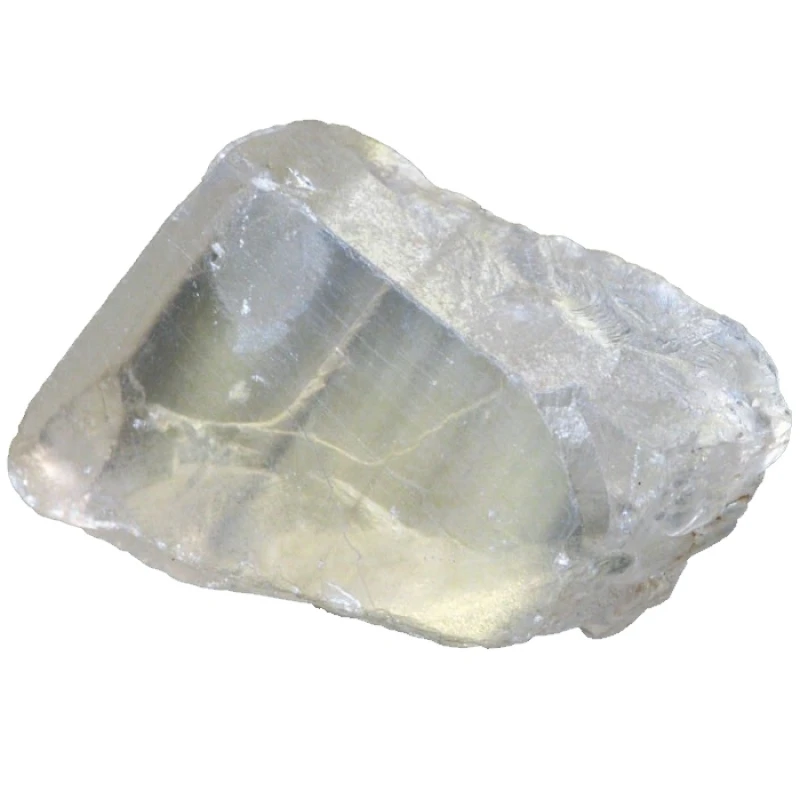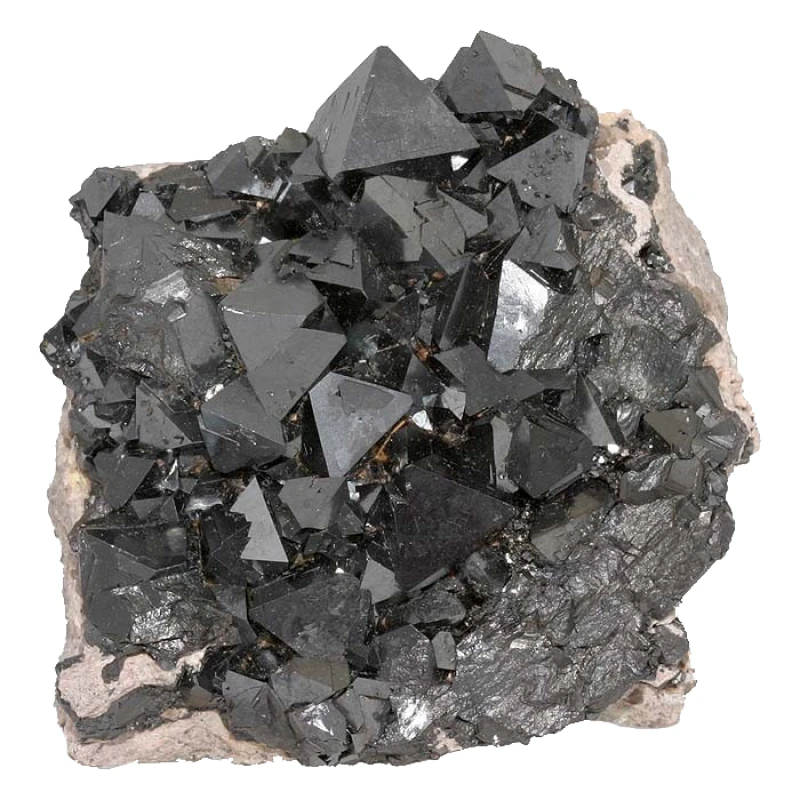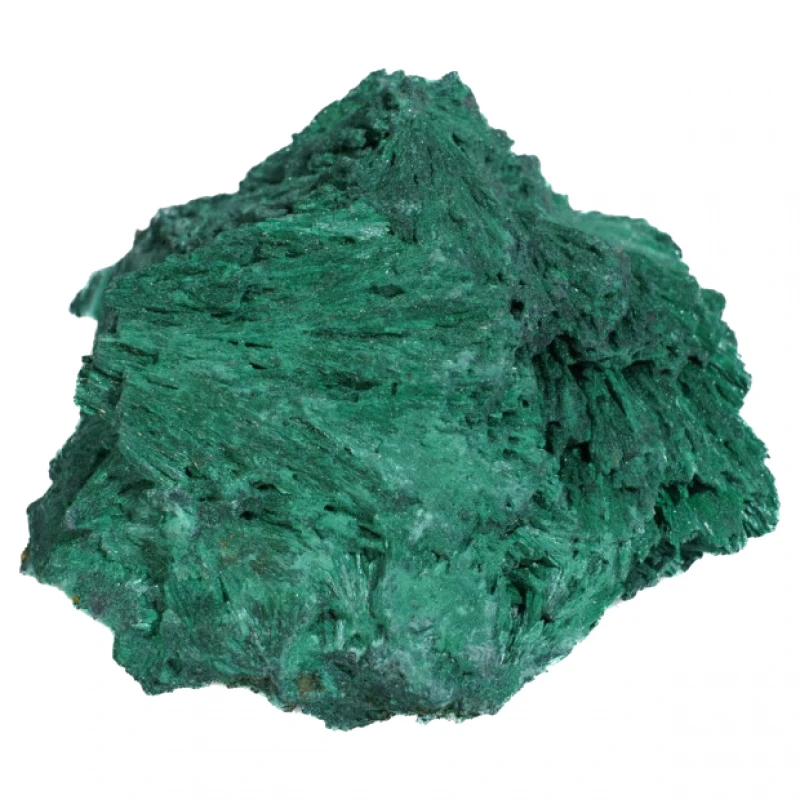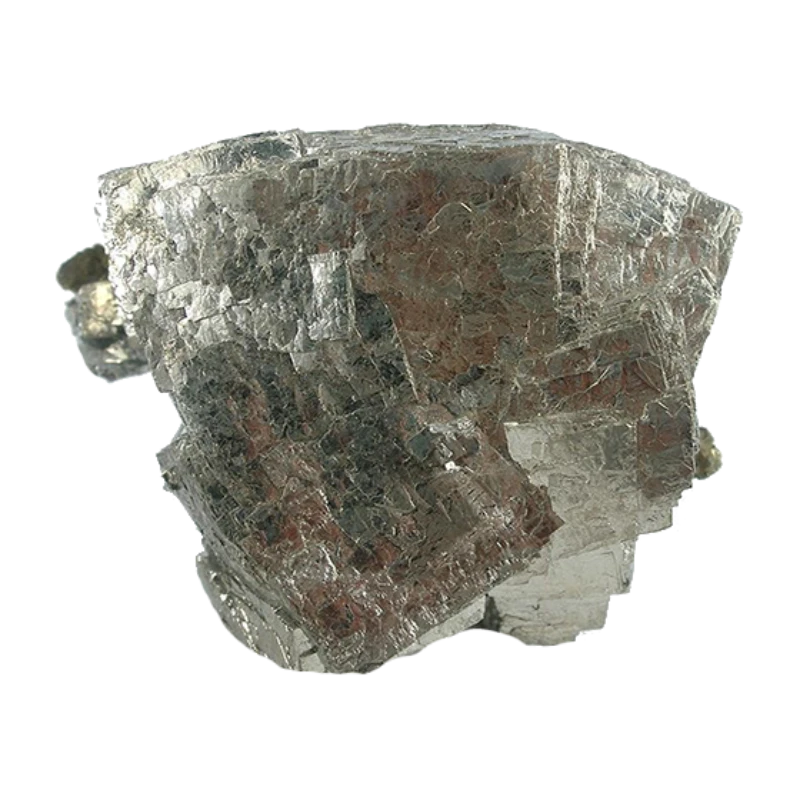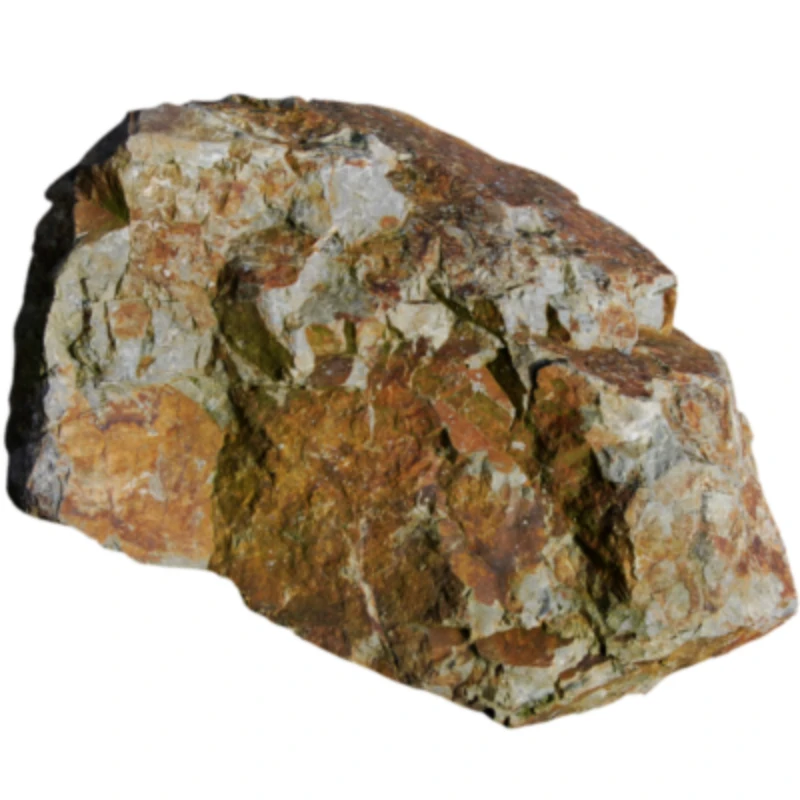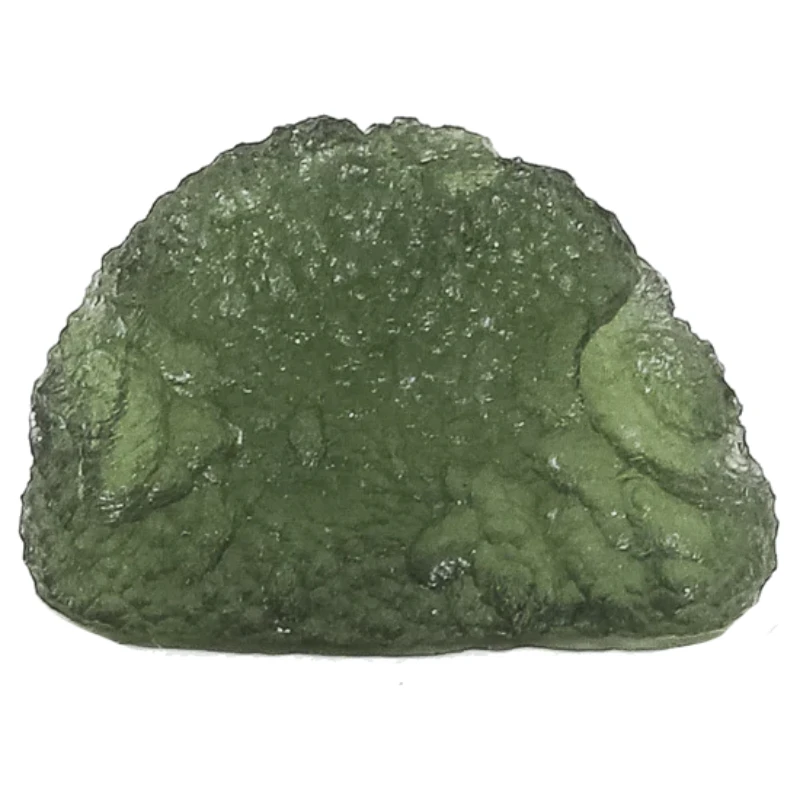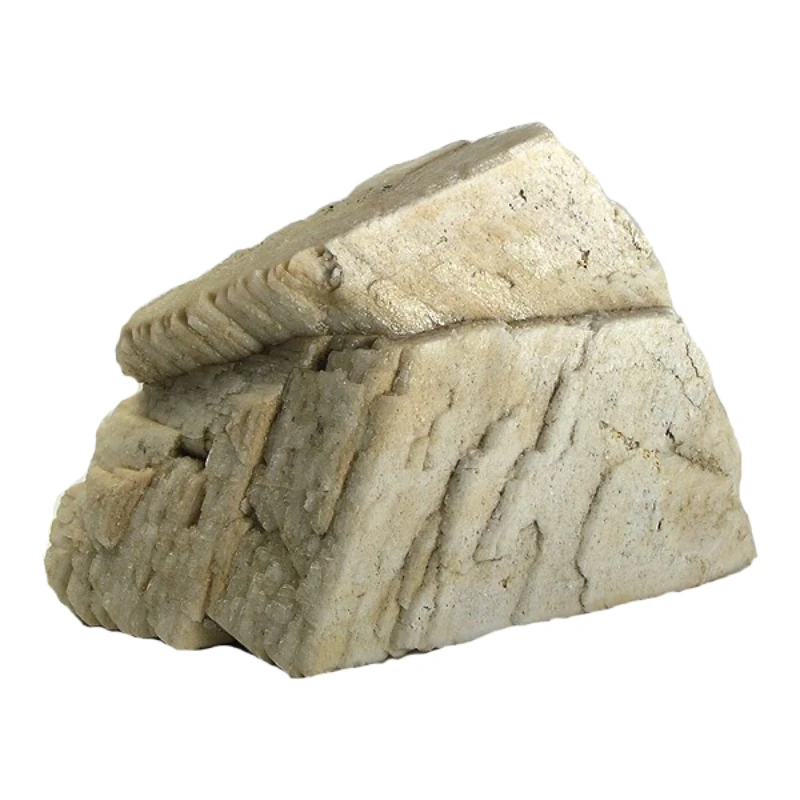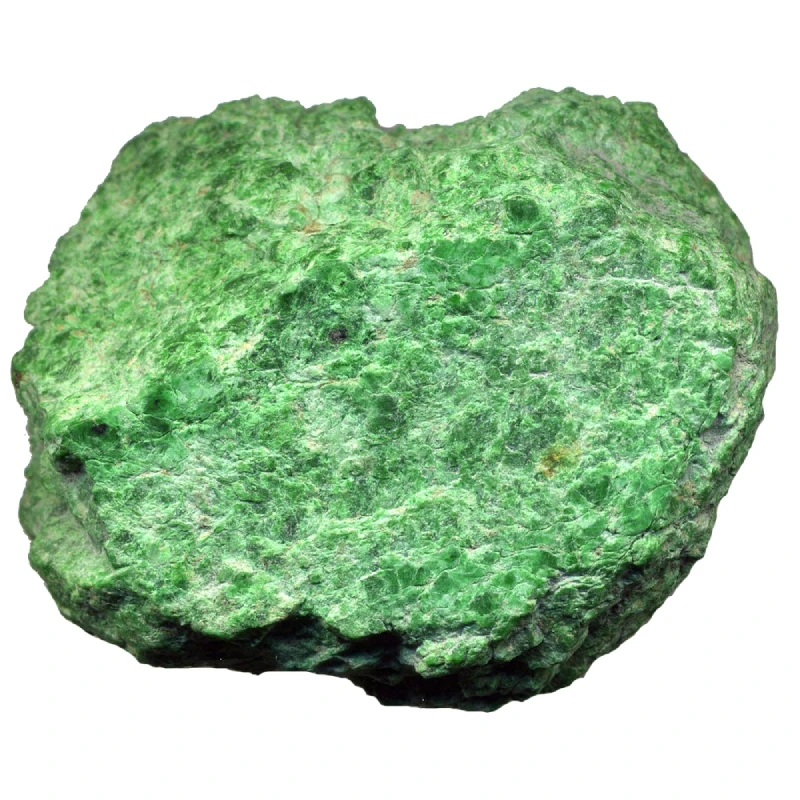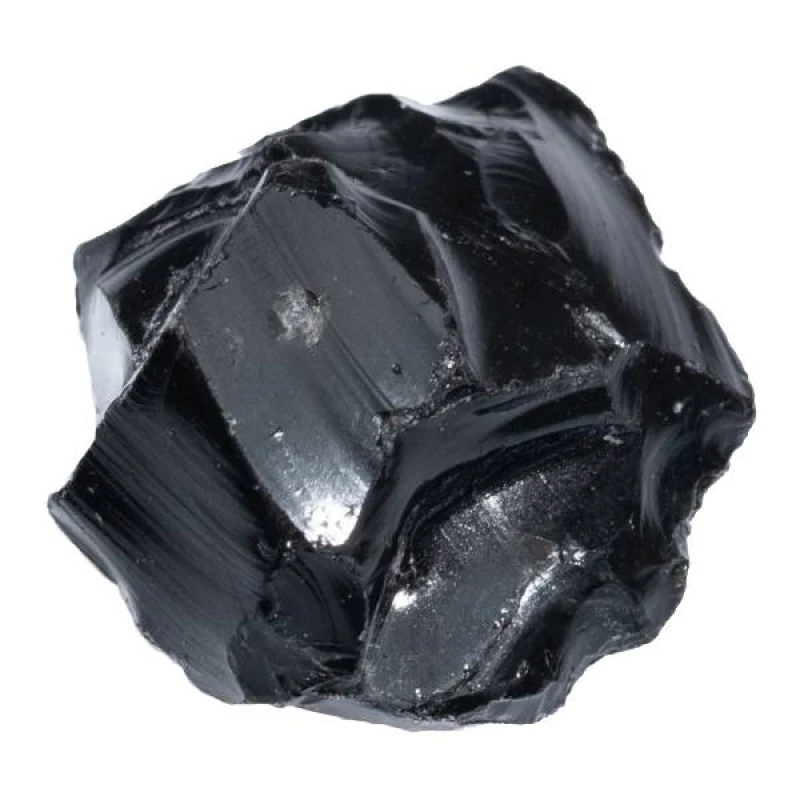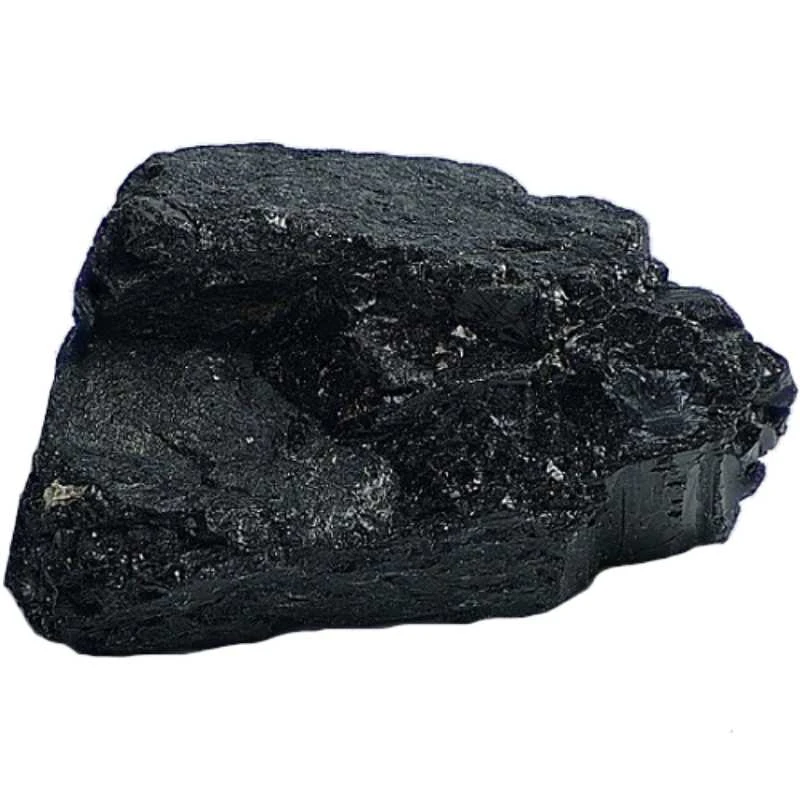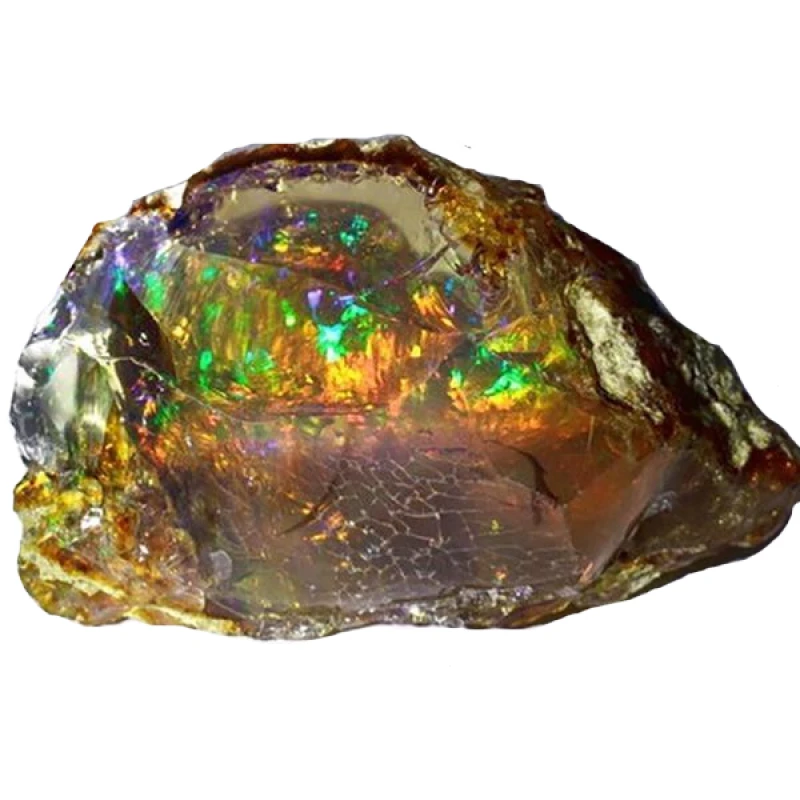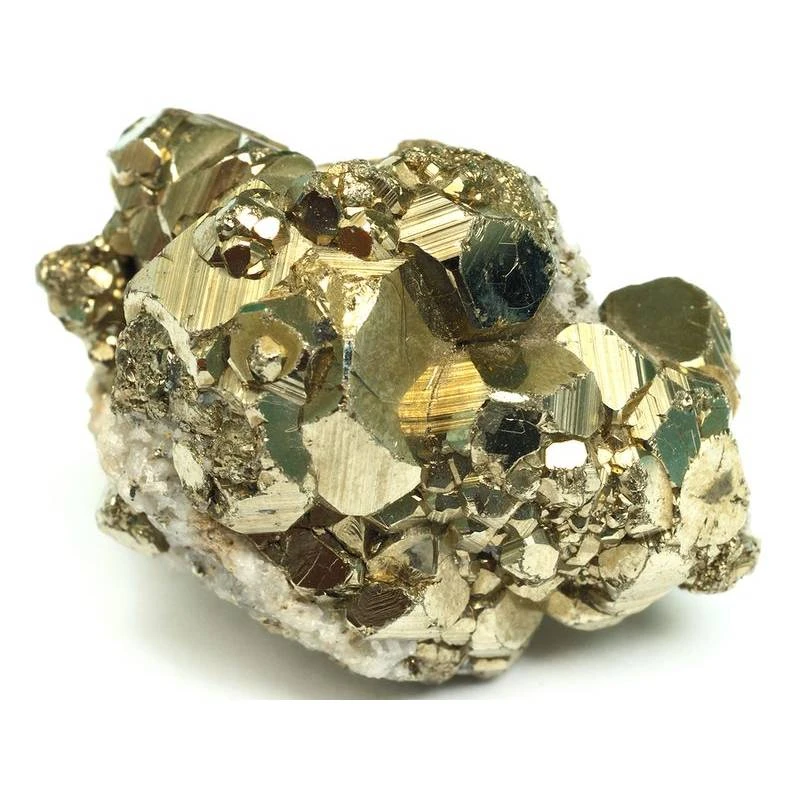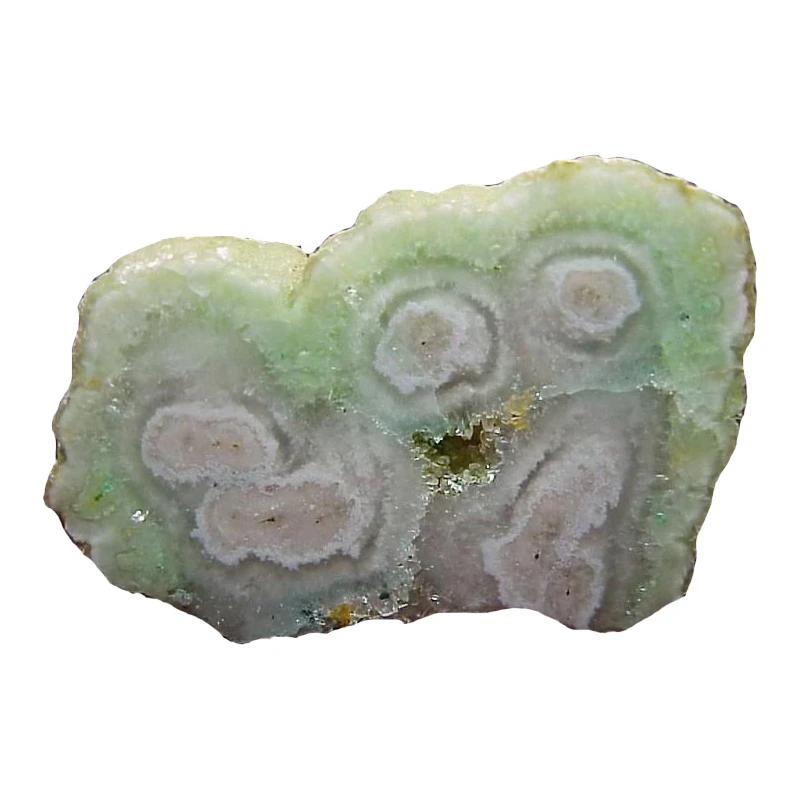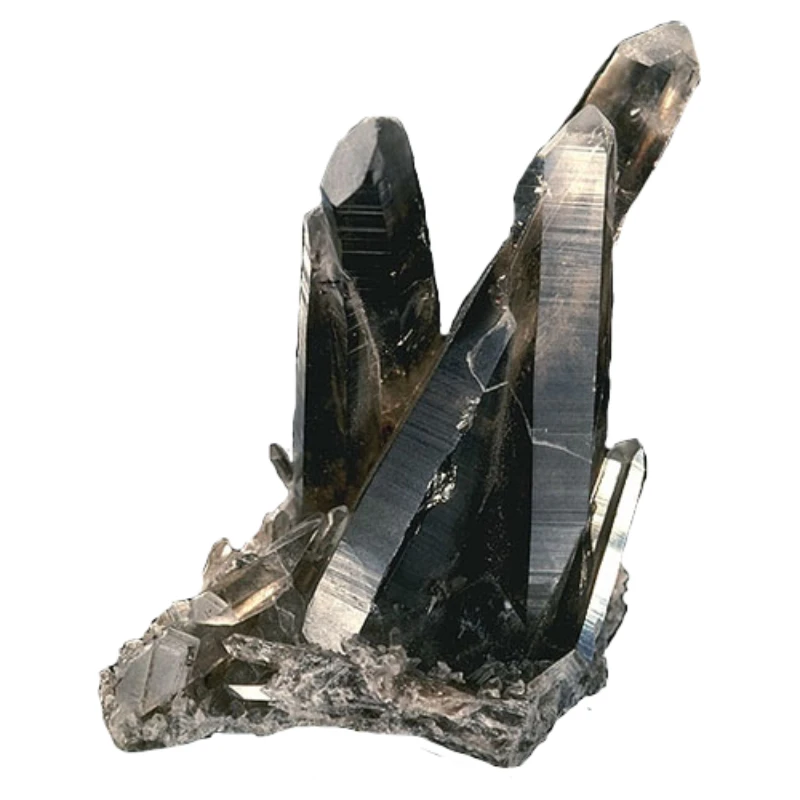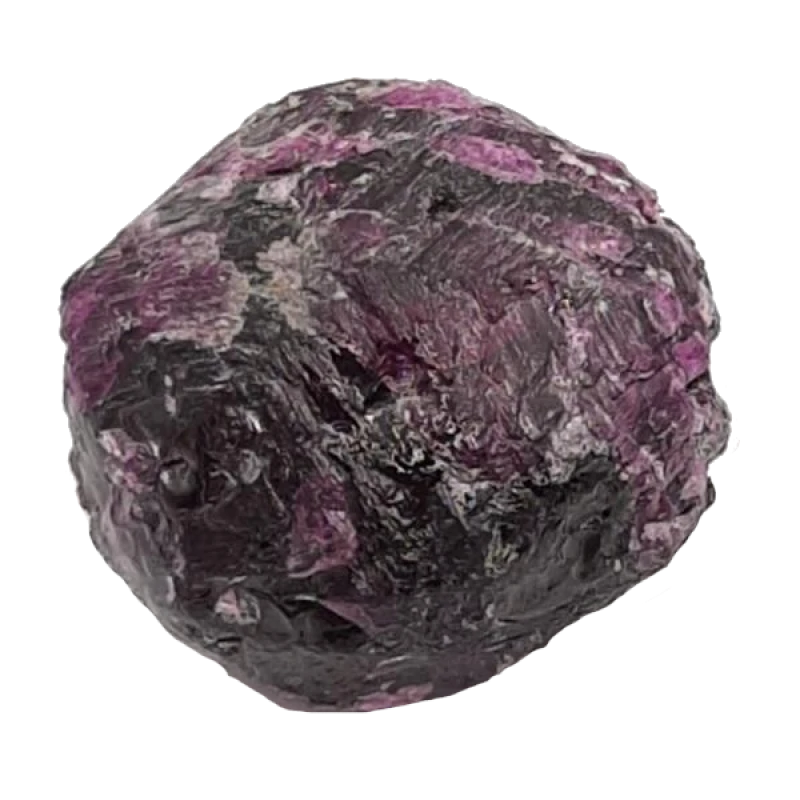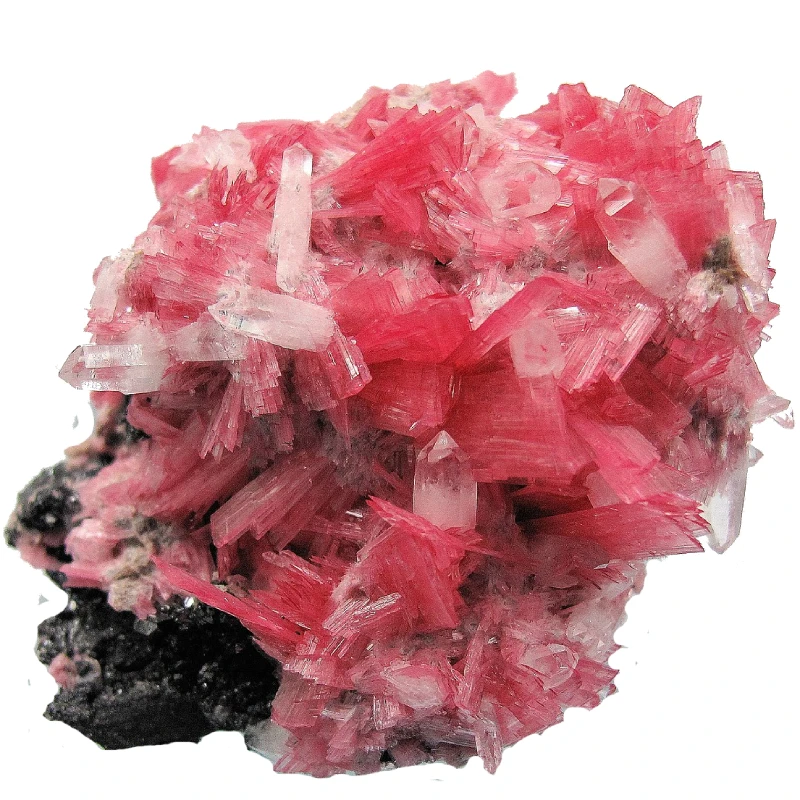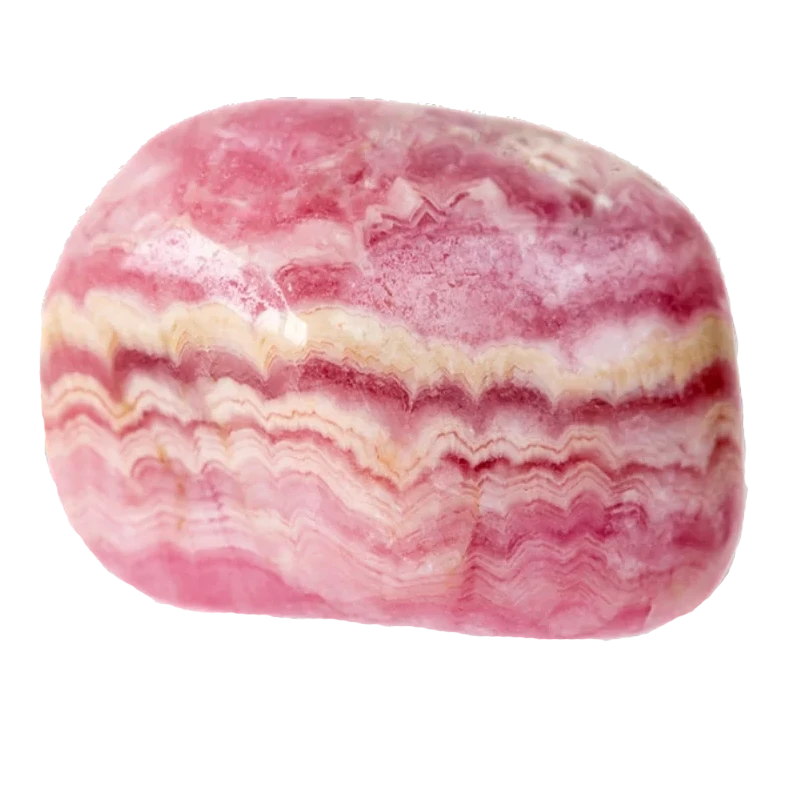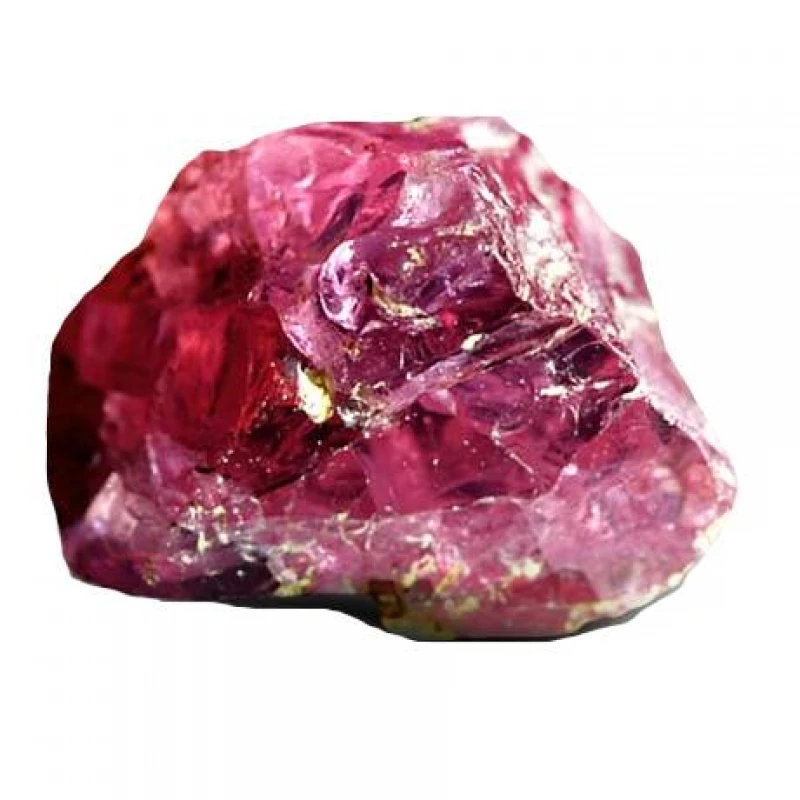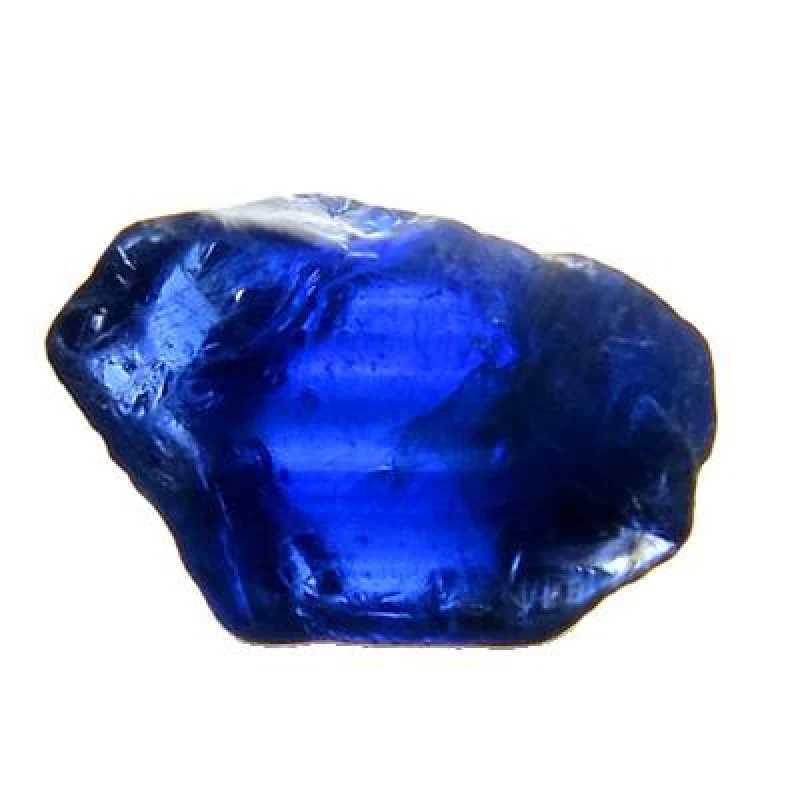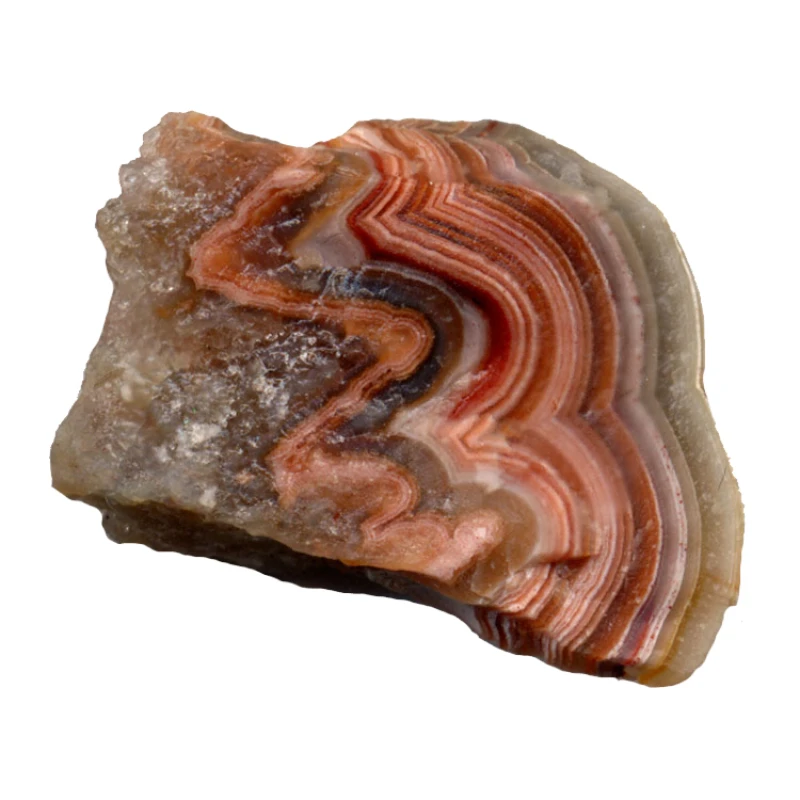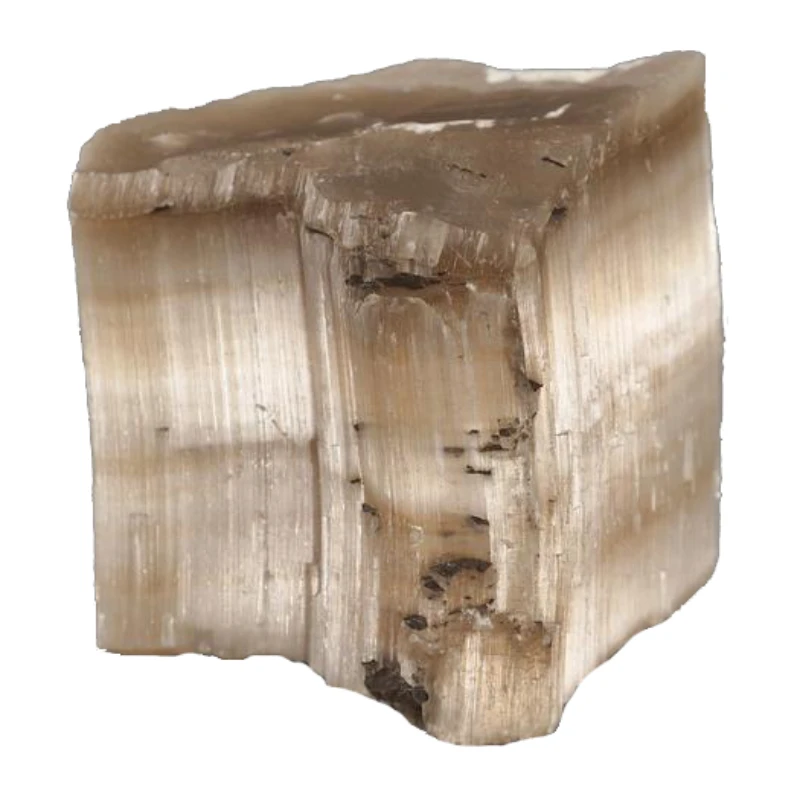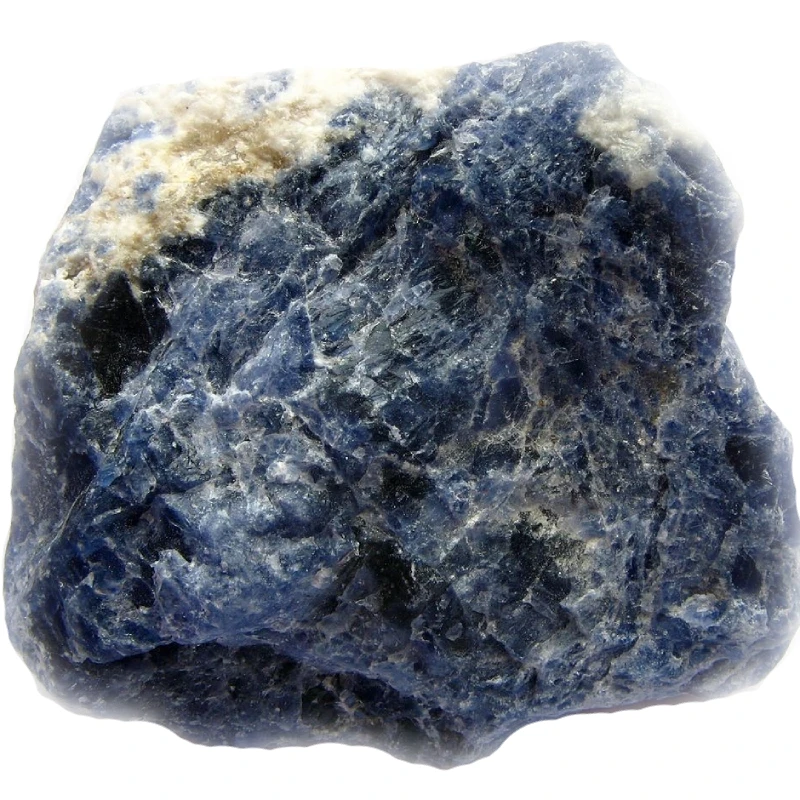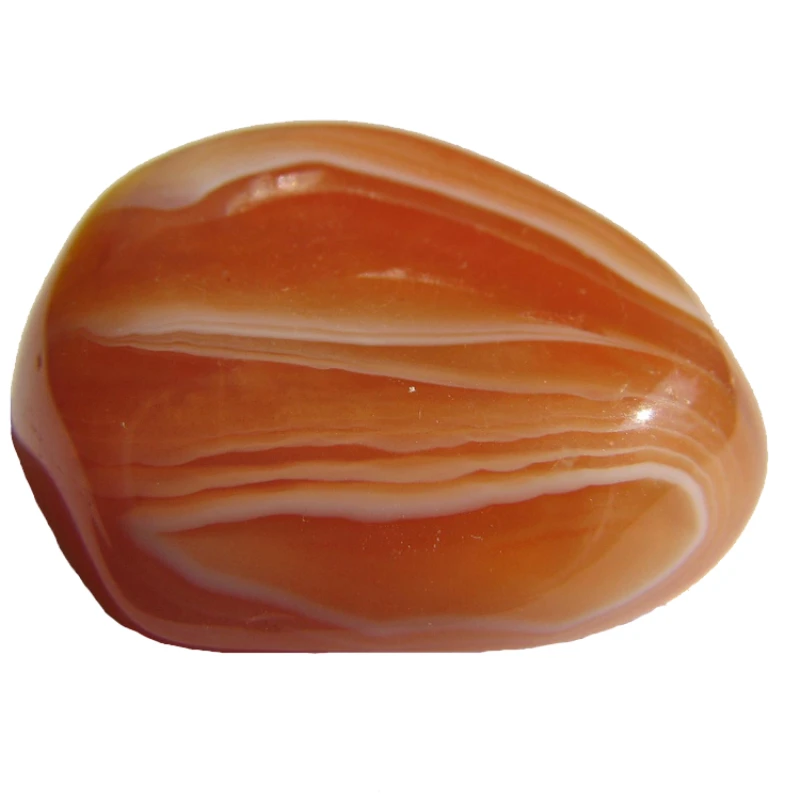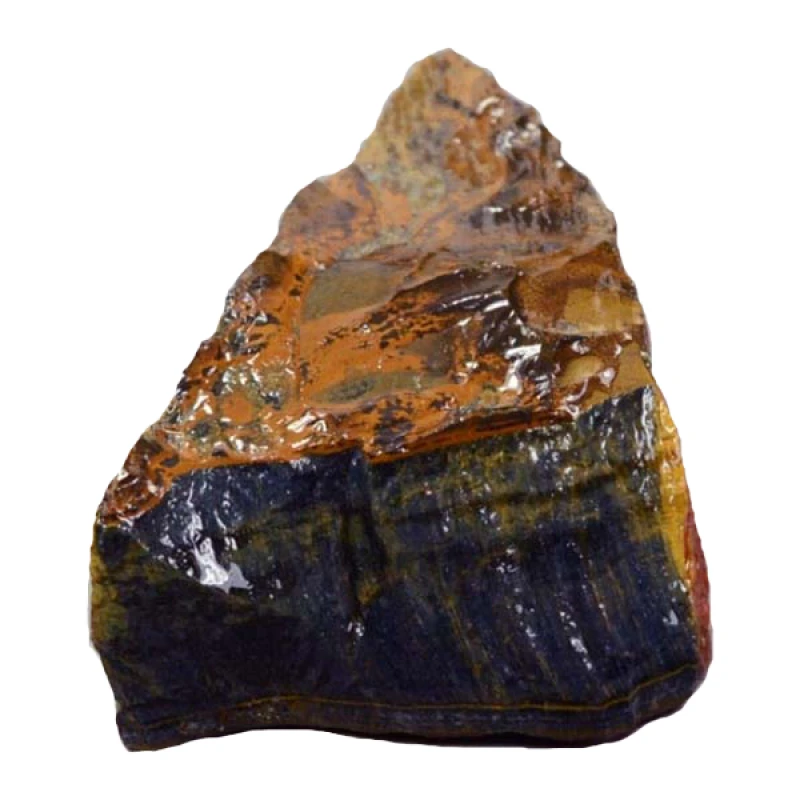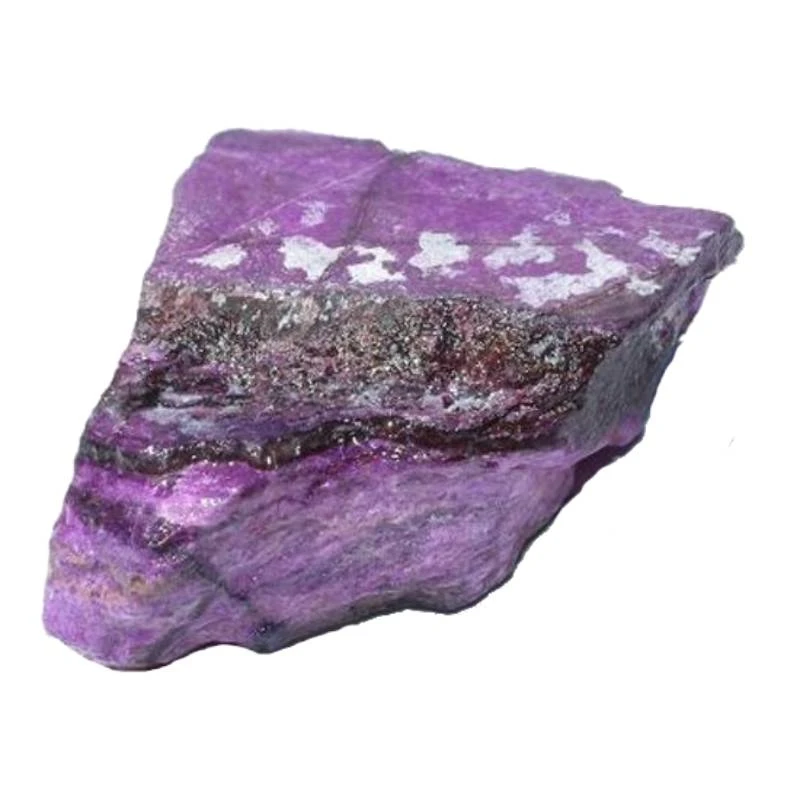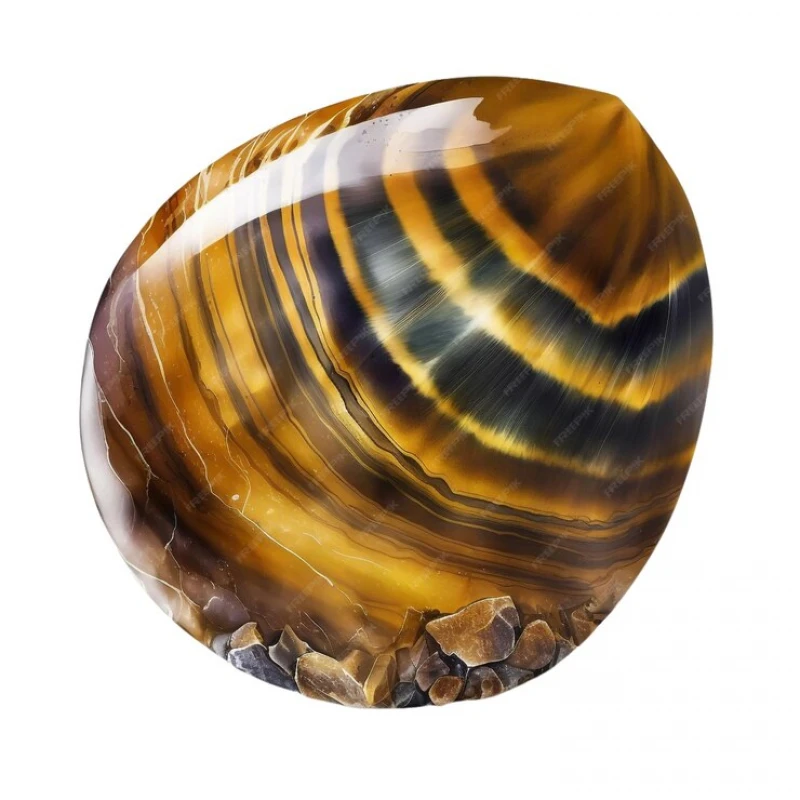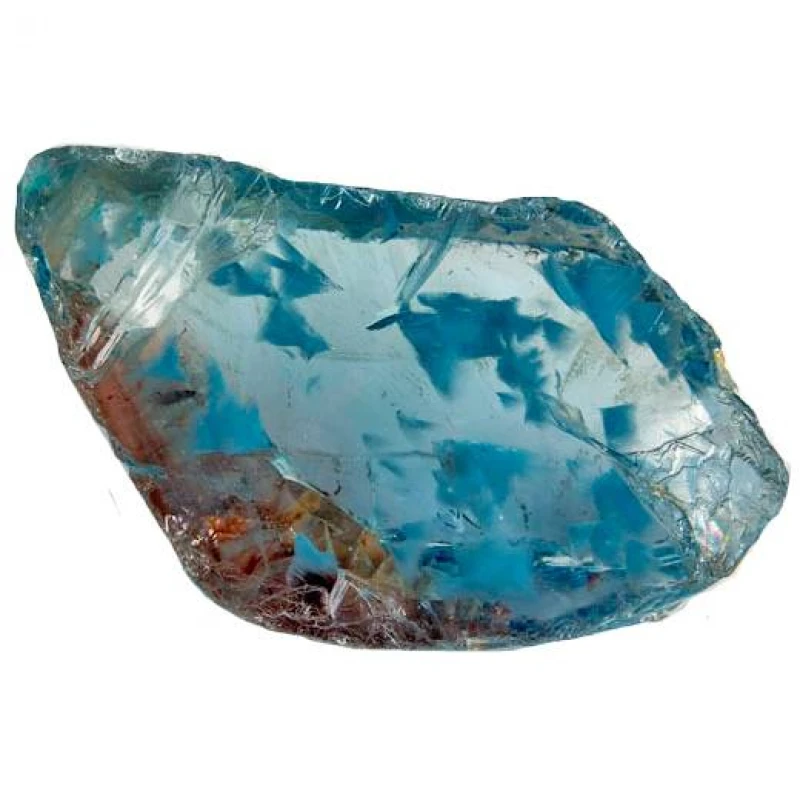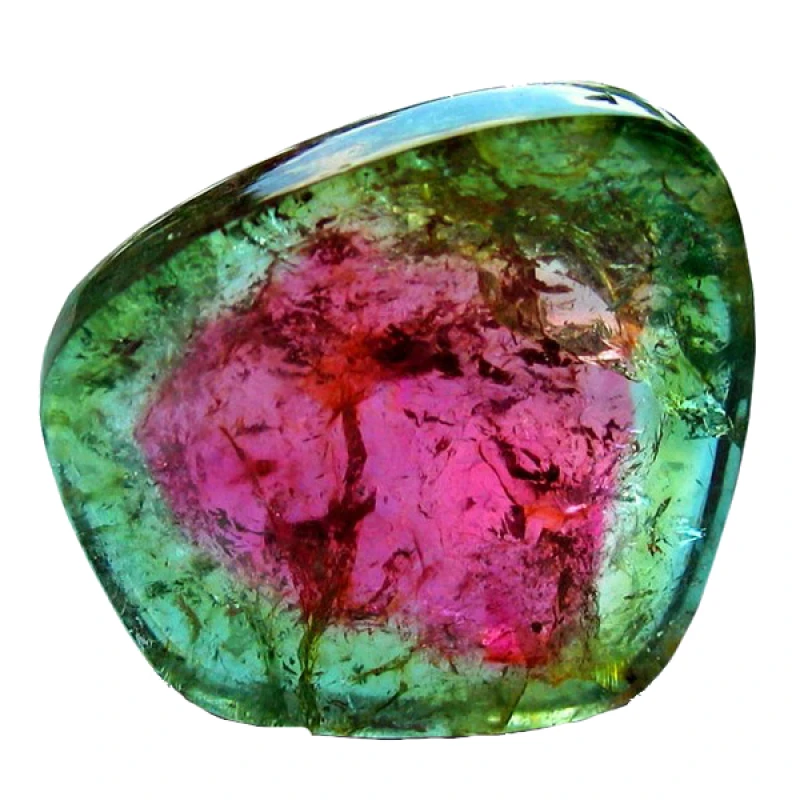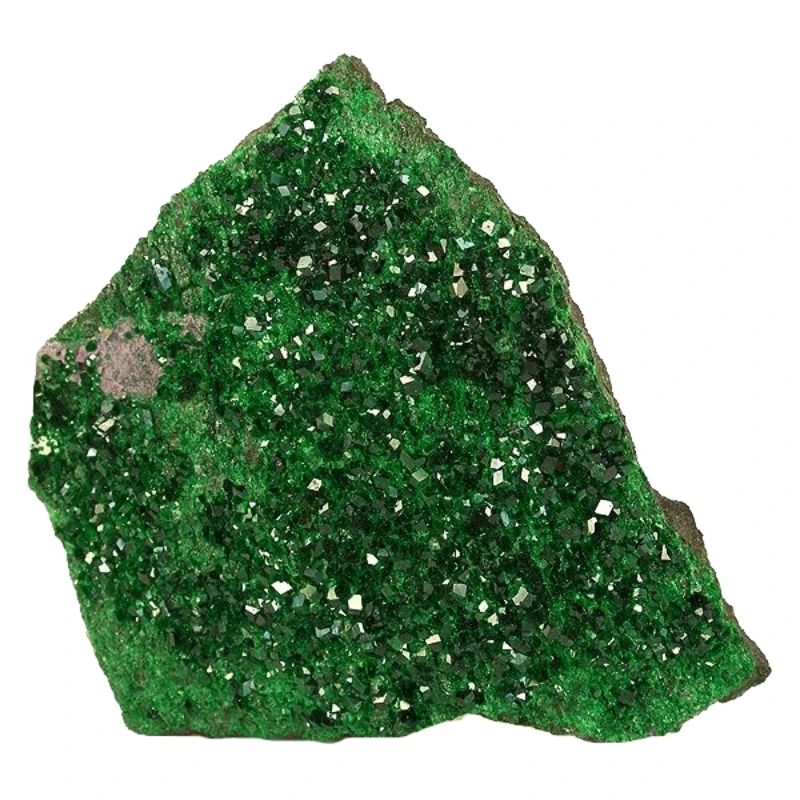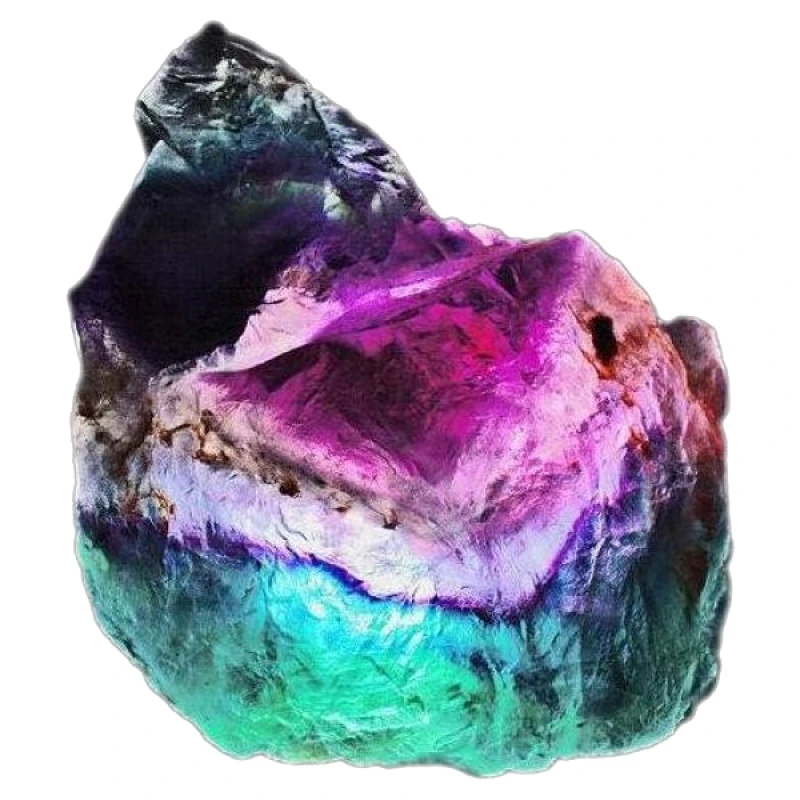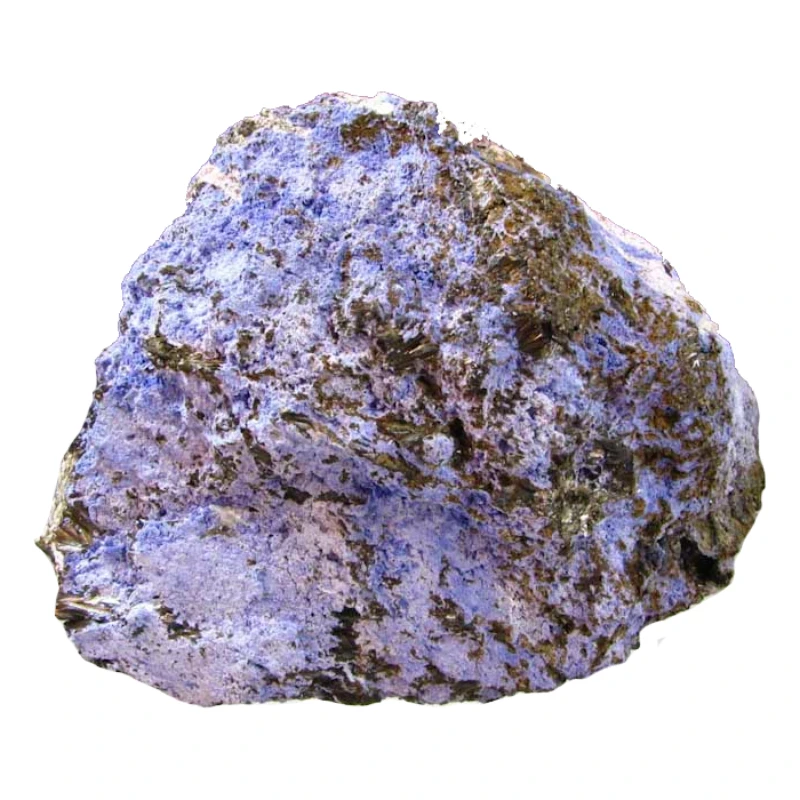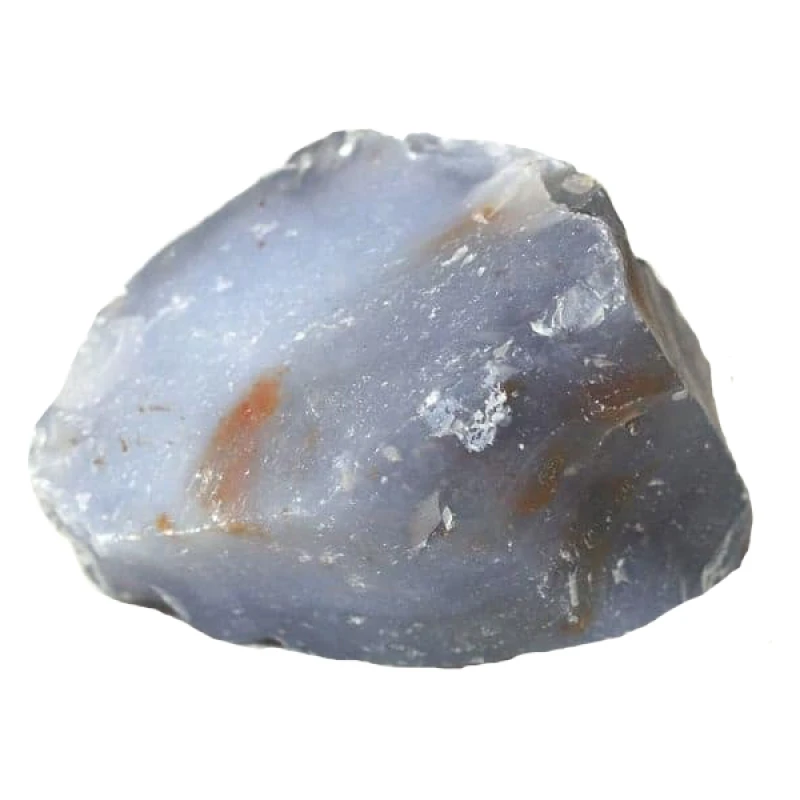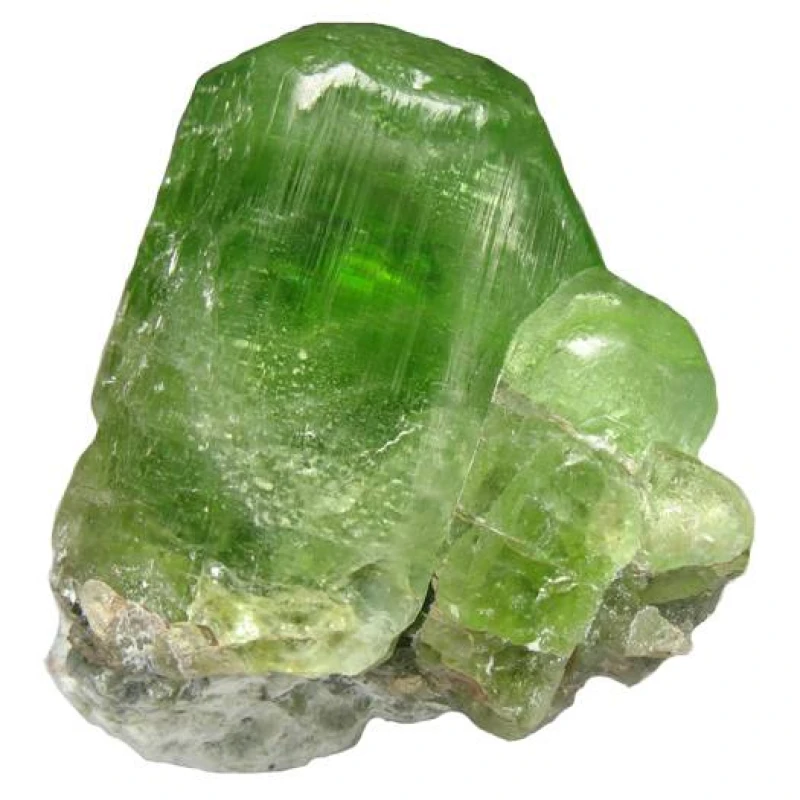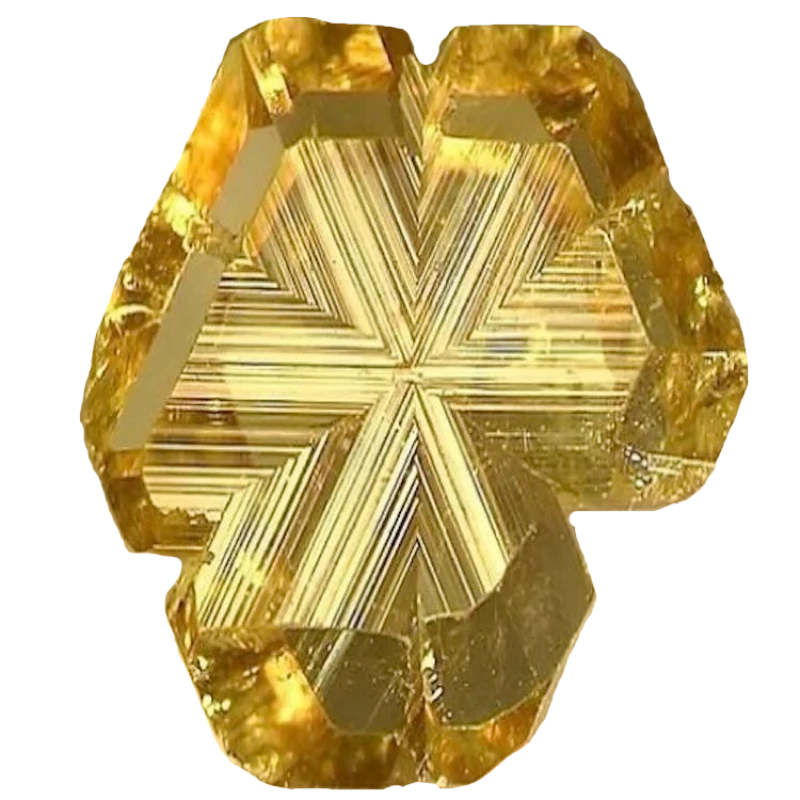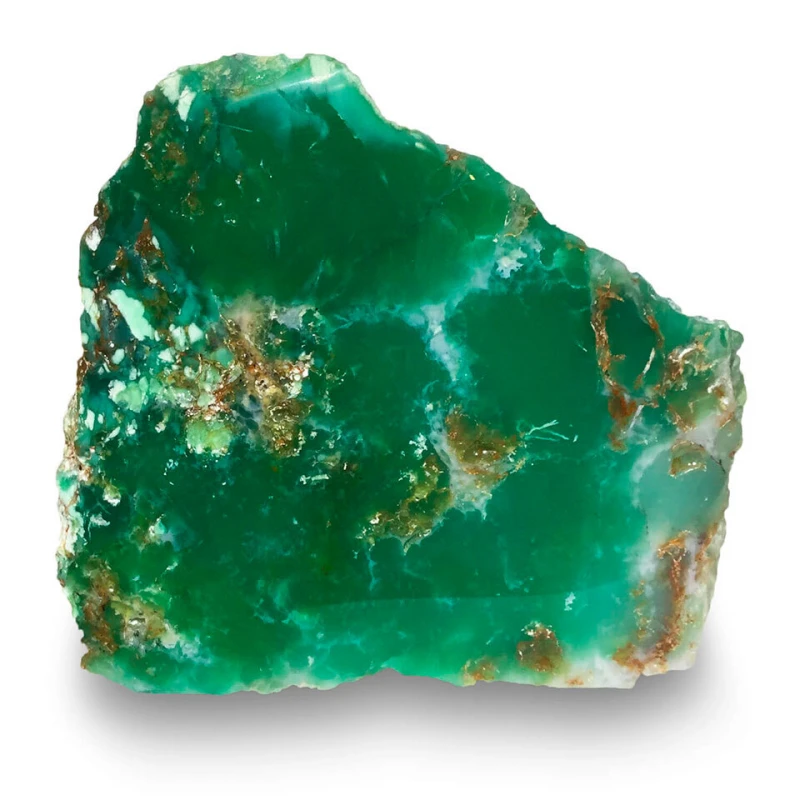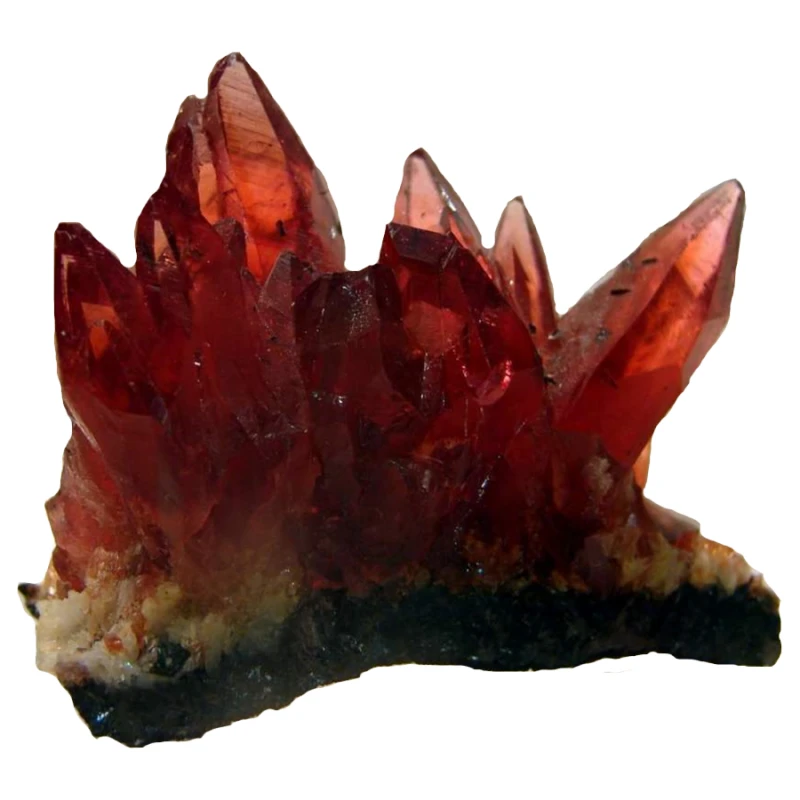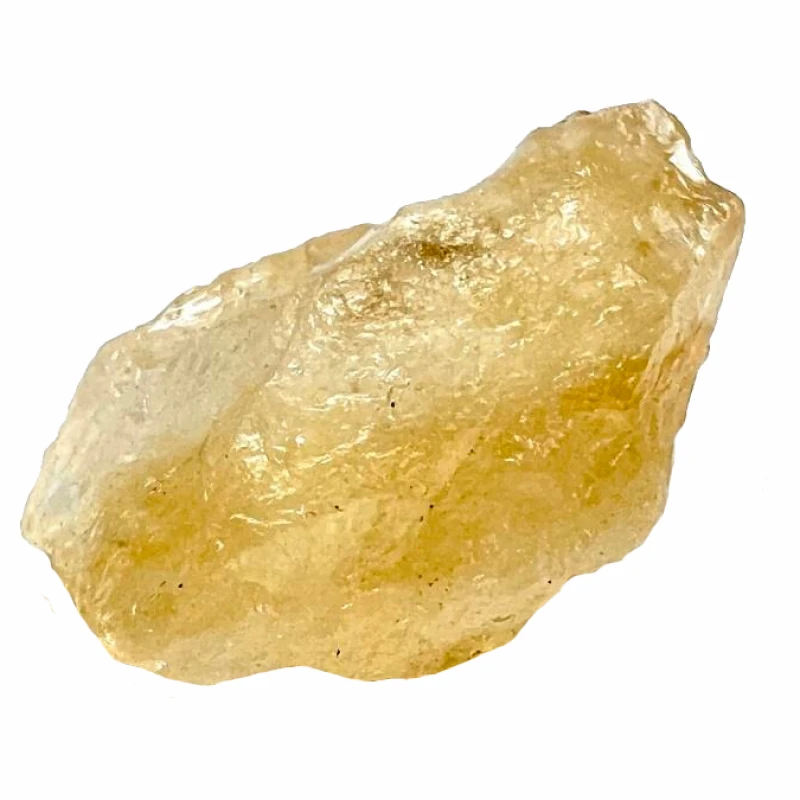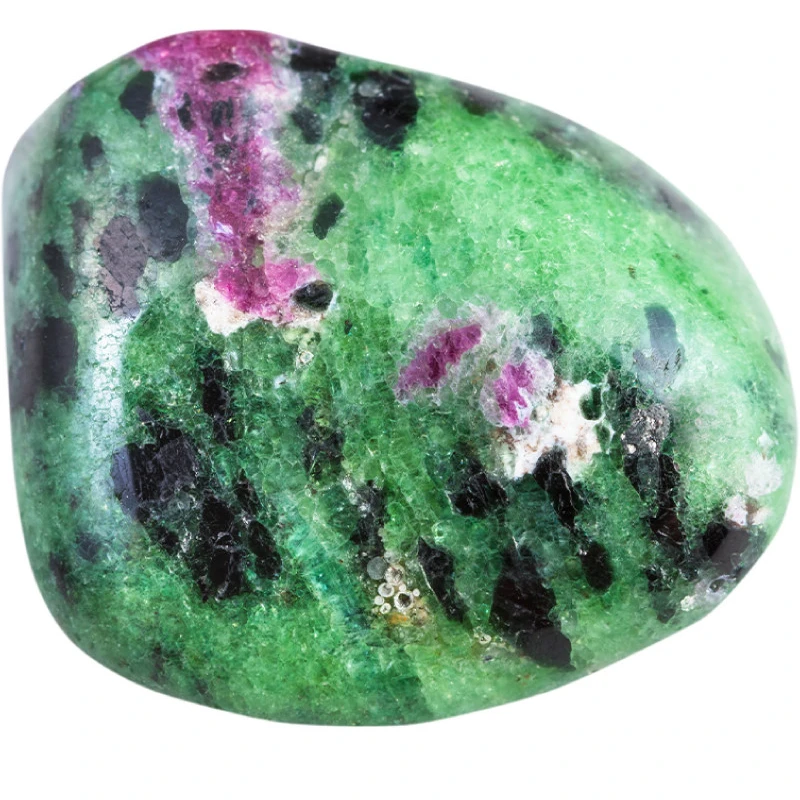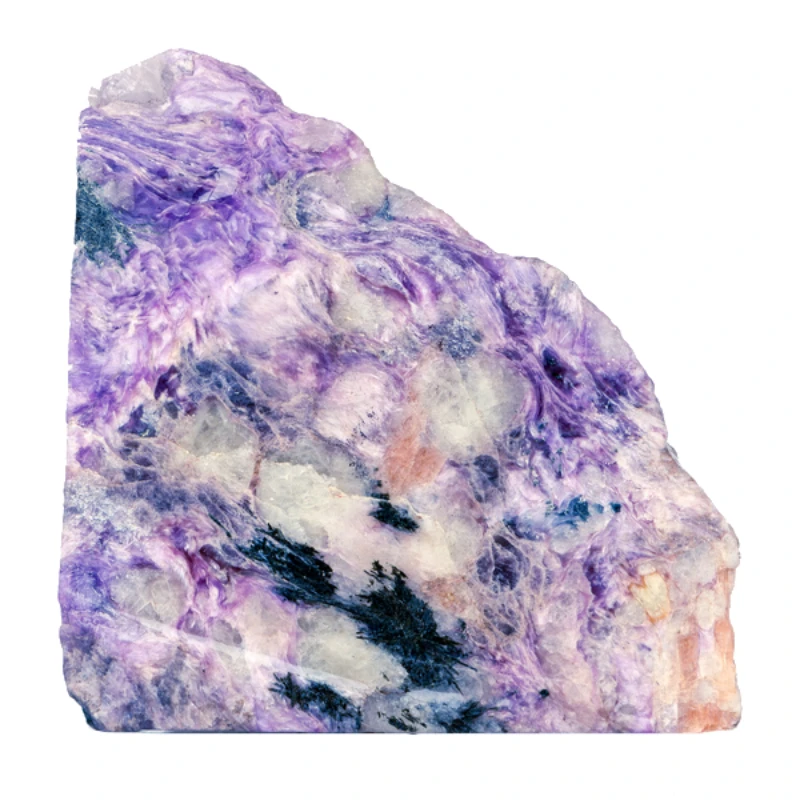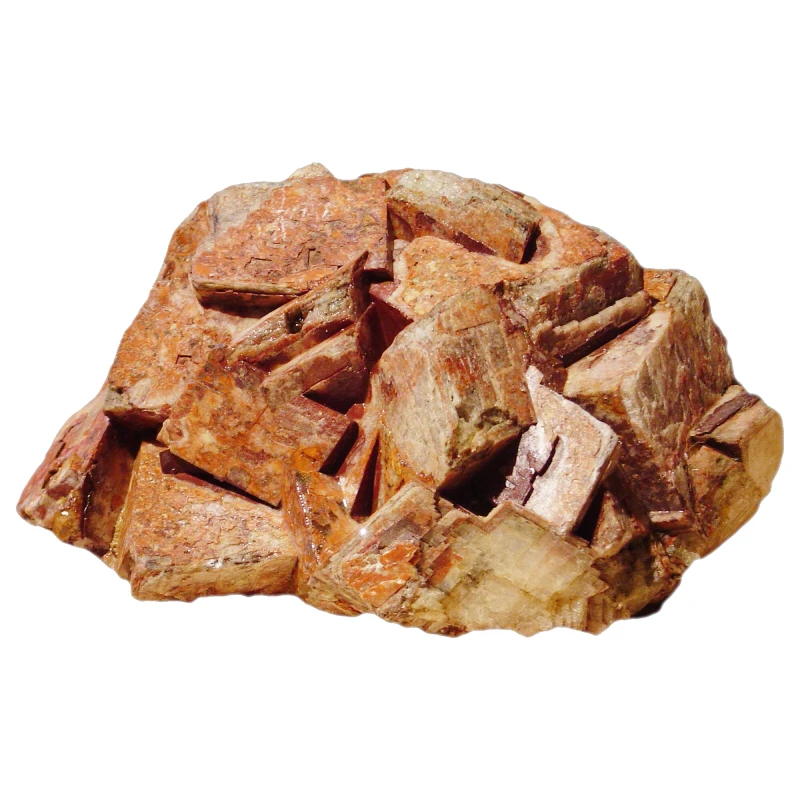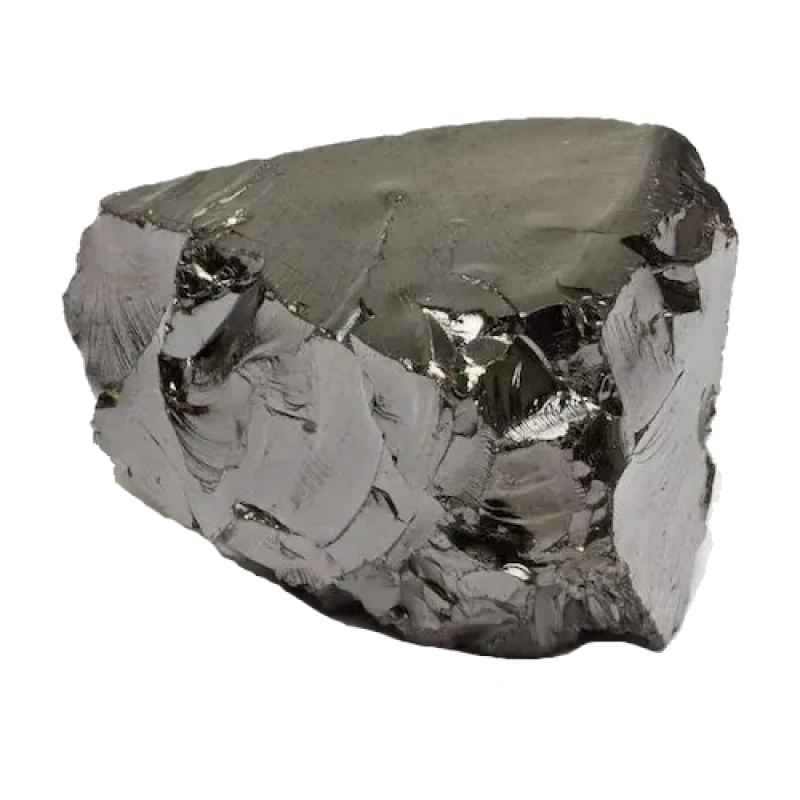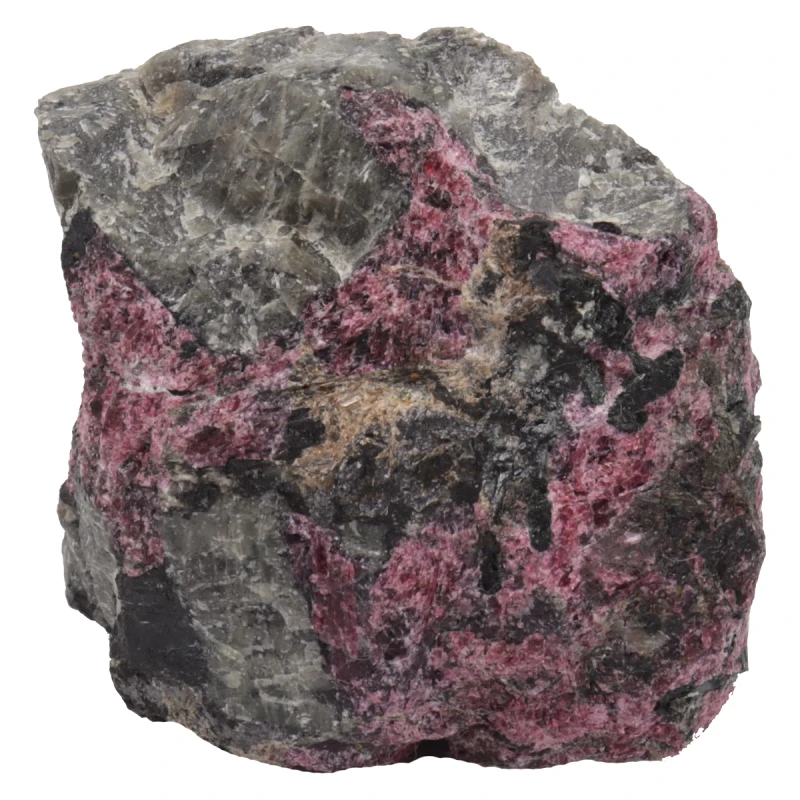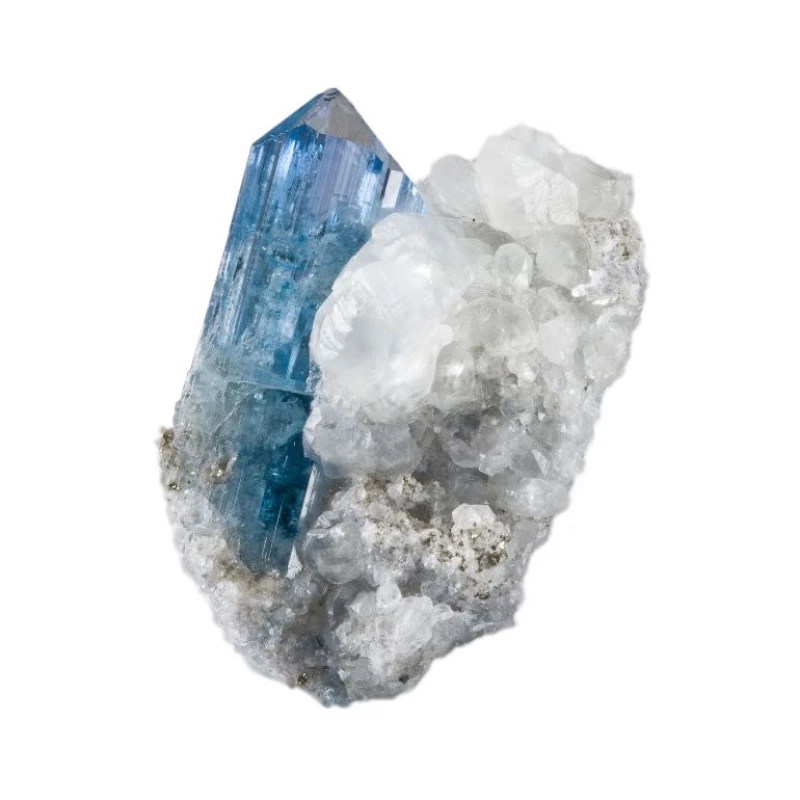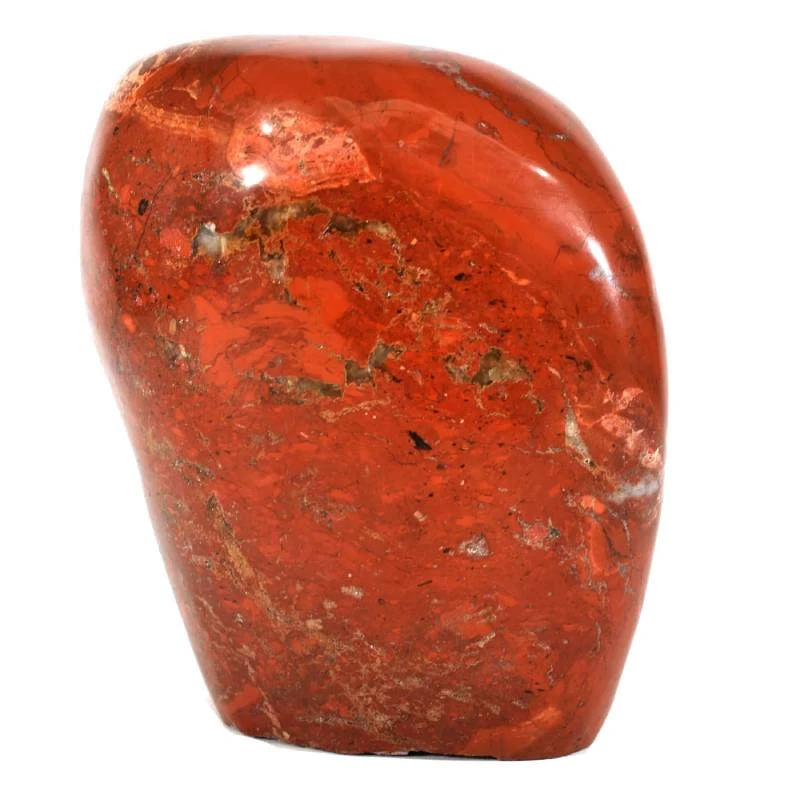Alexandrite
Stone History
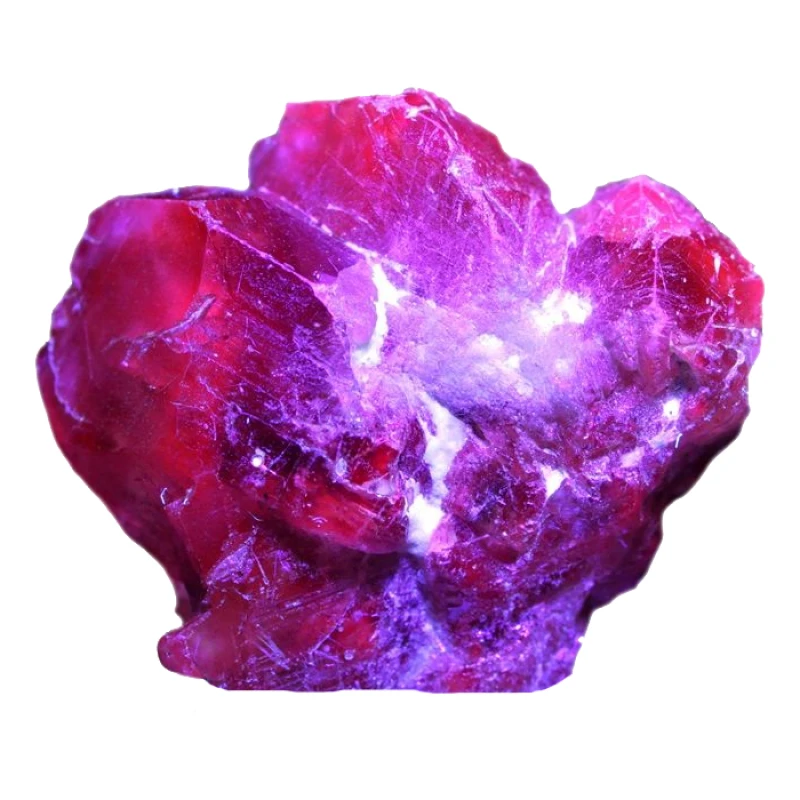
Alexandrite is a precious gemstone first discovered in Russia’s Ural Mountains in 1830. It was named after the Russian Emperor Alexander II.
In the 19th century, alexandrite gained immense popularity in Russia, especially among the aristocracy, as it symbolized the young tsar and national pride. It was widely used in imperial jewelry.
Today, alexandrite remains highly valued in fine jewelry, and lab-created versions have become increasingly accessible in the global market.
Zodiac
Alexandrite is most closely associated with Gemini, as both the stone and the zodiac sign share themes of duality and changeability — reflected in alexandrite’s unique color-shifting property.
It is also considered suitable for Cancer, supporting their emotional depth and offering balance and harmony.
Element
The element of Water is associated with alexandrite, representing adaptability, intuition, and emotional fluidity — qualities that mirror the stone’s shifting colors and calming effect on the heart and mind.
Planet
Alexandrite is ruled by the planet Mercury, which governs intellect, communication, and adaptability. These qualities align with alexandrite’s ability to support emotional clarity, decision-making, and transformation.
Colors
Alexandrite is famous for its extraordinary ability to change color depending on the lighting:
-
Green – In daylight or fluorescent light, alexandrite displays green or bluish-green tones, reminiscent of emerald.
-
Red – Under incandescent light or candlelight, it shifts to red, purplish-red, or raspberry tones — a dramatic transformation that defines its mystique.
-
Intermediate hues – Some stones may also reveal yellow, orange, or brown tones under mixed lighting due to chromium content and crystal structure.
This optical phenomenon is known as color change and is one of the rarest and most valuable effects in the gem world.
Chakra
Alexandrite influences the:
-
Heart Chakra (Anahata) – Promotes compassion, emotional healing, and openness to love.
-
Crown Chakra (Sahasrara) – Enhances spiritual awareness, intuition, and connection to higher consciousness.
Together, these effects support inner harmony and a balanced spiritual-emotional life.
Magical Properties
-
Perception Shift & Adaptability – Alexandrite supports personal transformation and flexible thinking.
-
Emotional Healing – Calms emotional stress and promotes peace of mind and balance.
-
Spiritual Growth – Aids in connecting with higher wisdom and intuition.
-
Protection & Prosperity – Acts as a talisman for good fortune and shields against negativity.
-
Compassion & Love – Opens the heart to deeper emotional connection, empathy, and understanding.
Alexandrite is considered a powerful stone for those seeking change, clarity, and emotional or spiritual alignment.
Healing Properties
-
Emotional Balance – Supports emotional stability, eases anxiety, and reduces mood swings.
-
Circulation Support – Said to help improve blood flow and regulate cardiovascular function.
-
Nervous System Relief – Calms the nervous system, aids sleep, and reduces mental fatigue.
-
Metabolism Boost – Believed to support balanced metabolism and overall well-being.
-
Eye Health – Traditionally associated with vision improvement and protection of the eyes.
Its healing benefits encompass both physical health and emotional resilience.
Mining Locations
-
Russia (Ural Mountains) – The original and historically most significant source, discovered near Yekaterinburg, including sites like the Tagil River and Zlatoust area.
-
Sri Lanka – Produces quality alexandrite, often with excellent clarity and color change.
-
Brazil – Known for larger alexandrite specimens, though they may have more subtle color transitions.
-
Tanzania & Madagascar – More recent sources providing vibrant, collectible stones with strong color contrast.
These locations ensure alexandrite remains a sought-after gem in both natural and synthetic forms.
Other articles in this section
